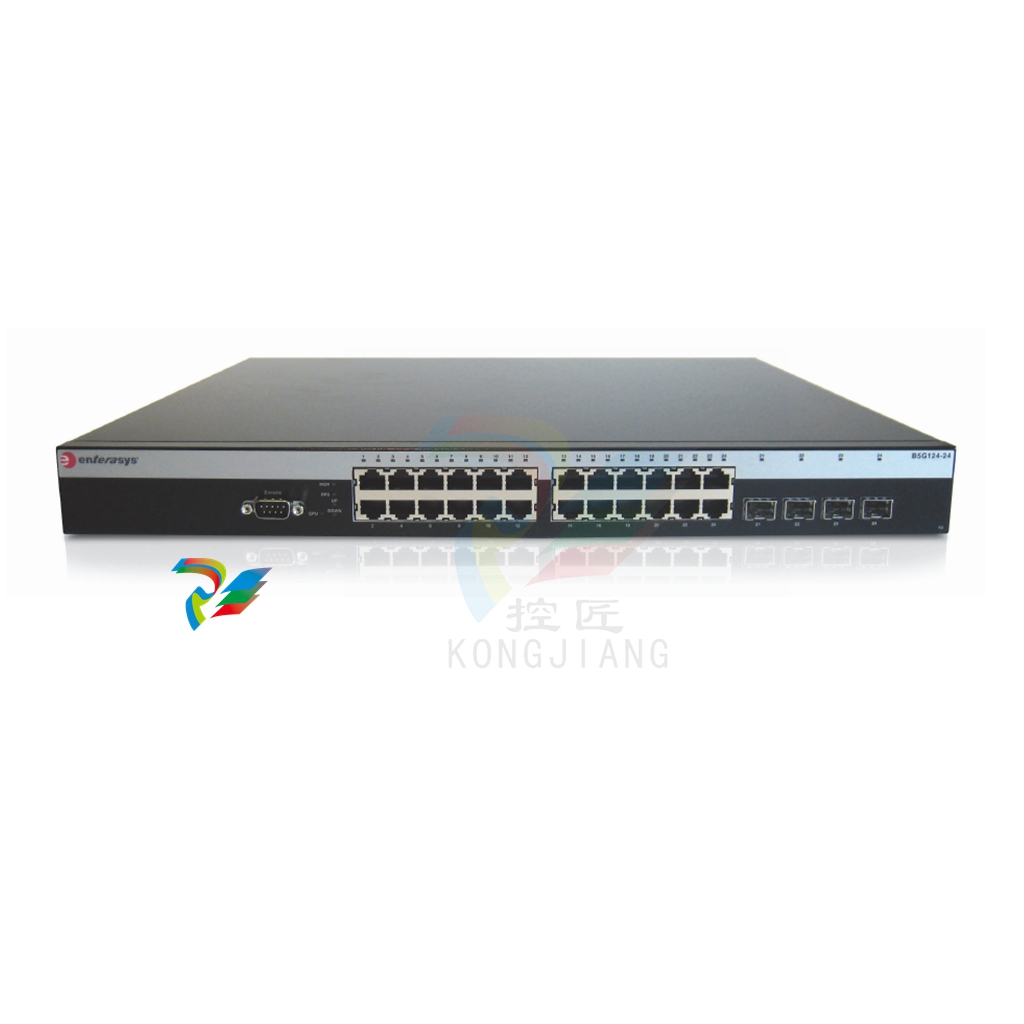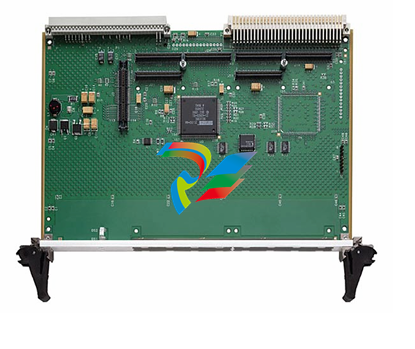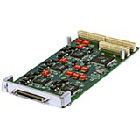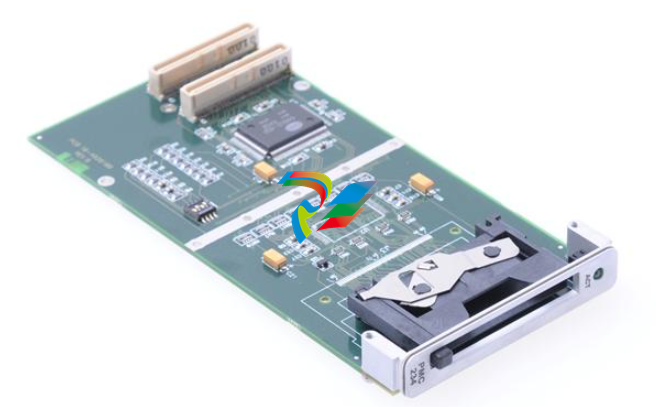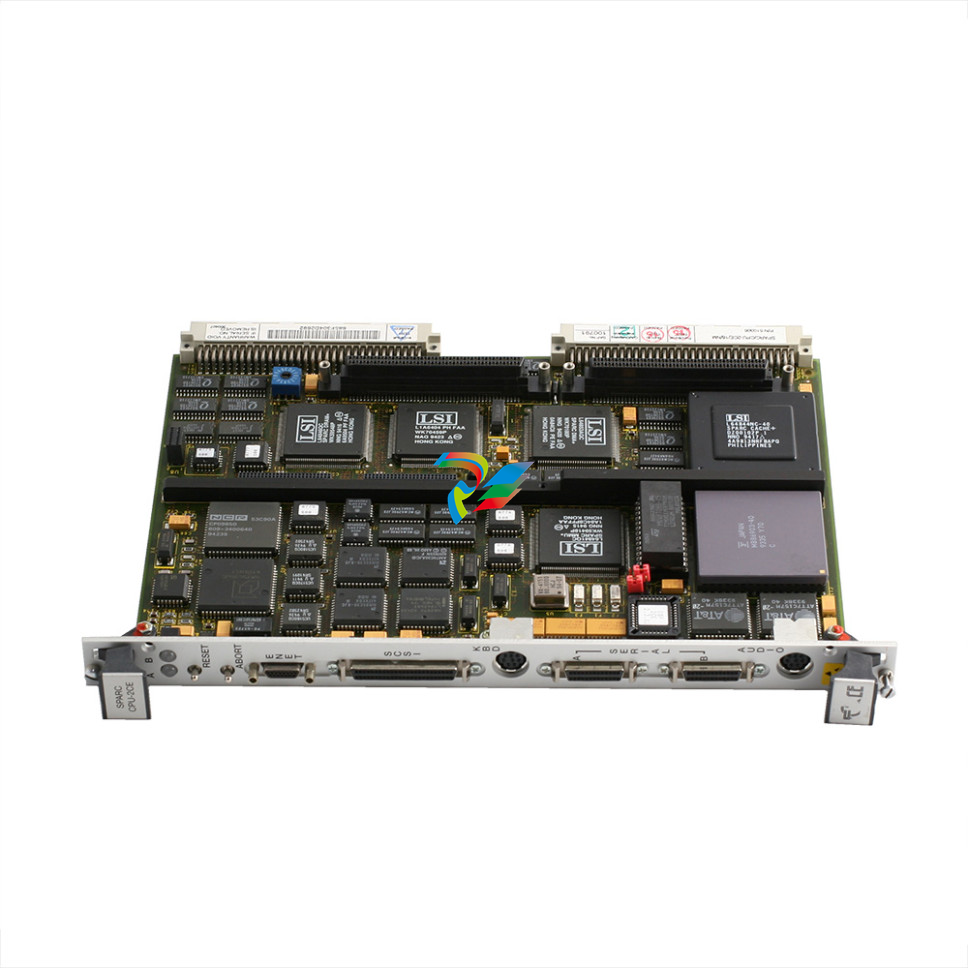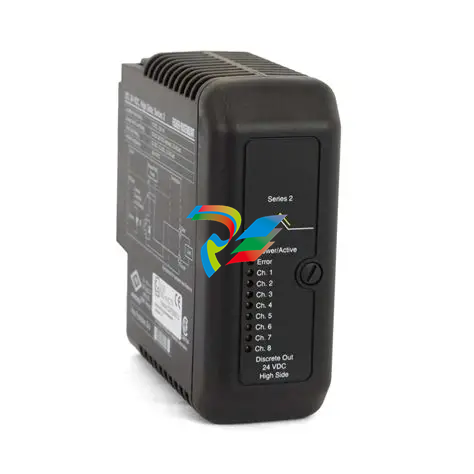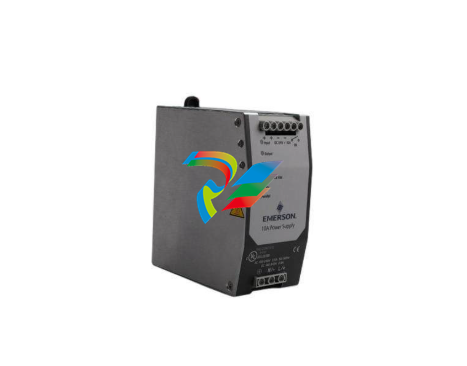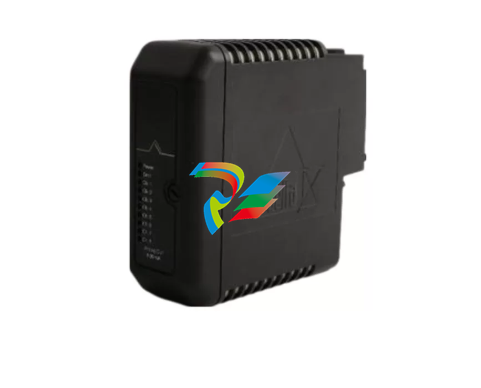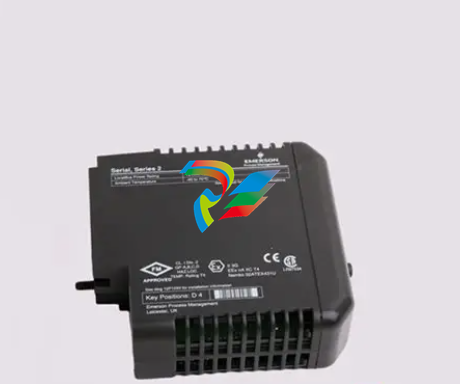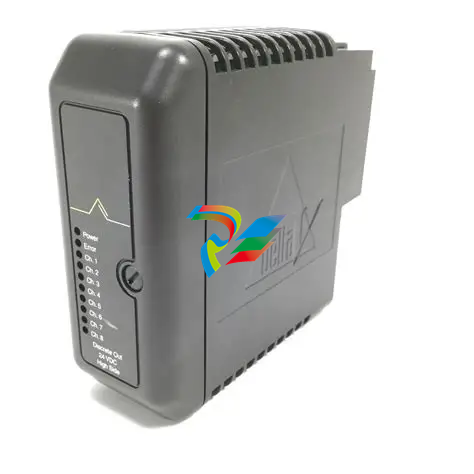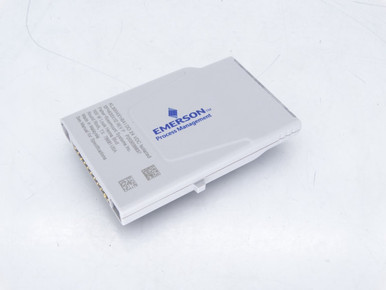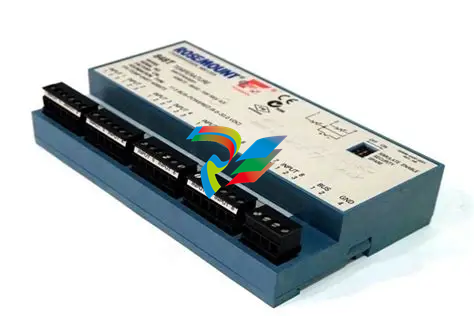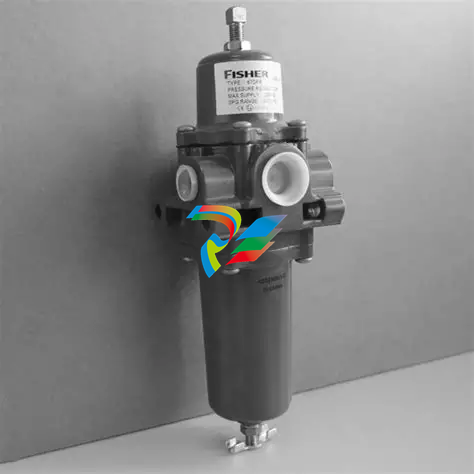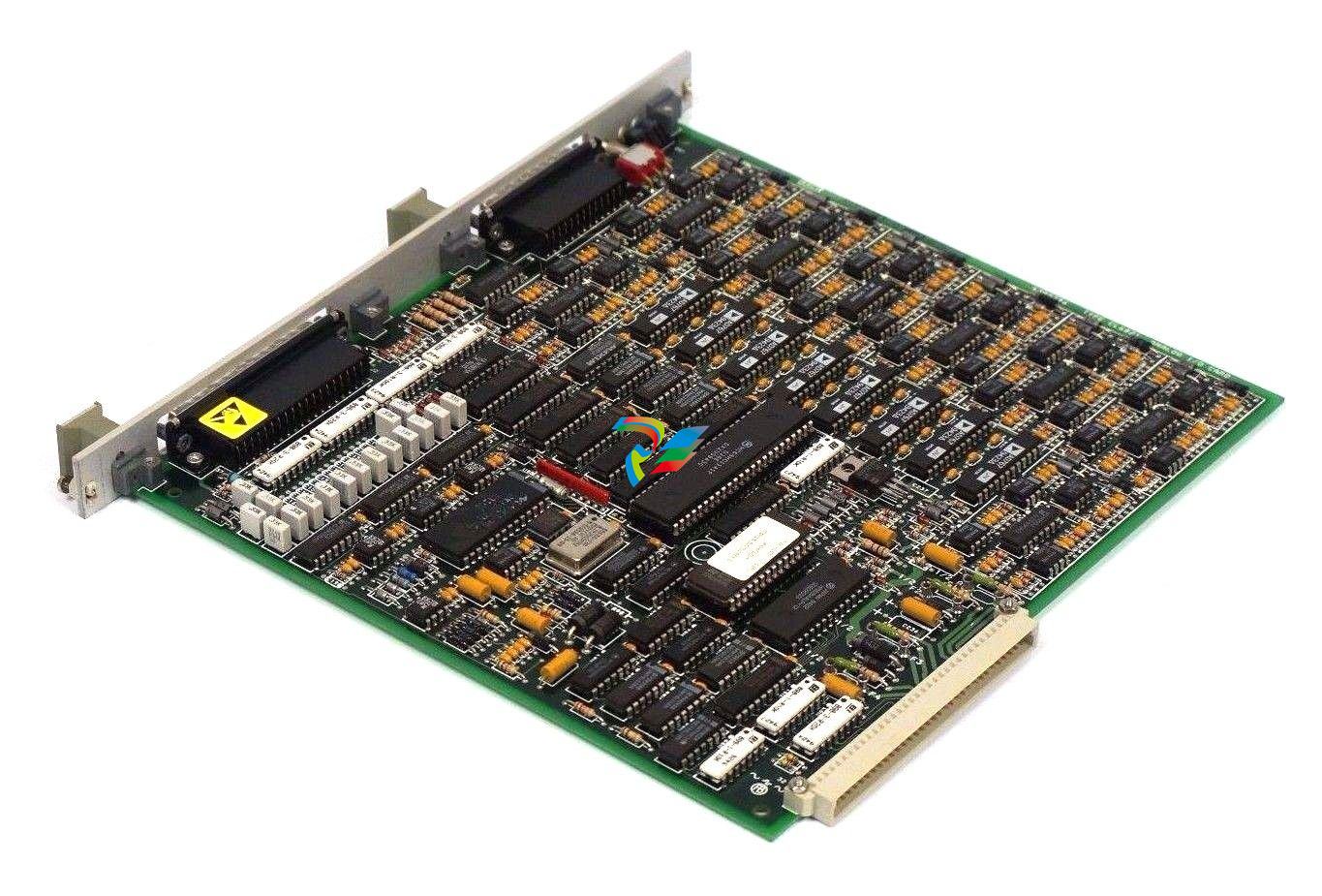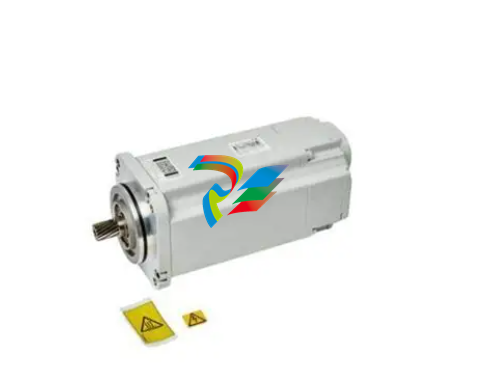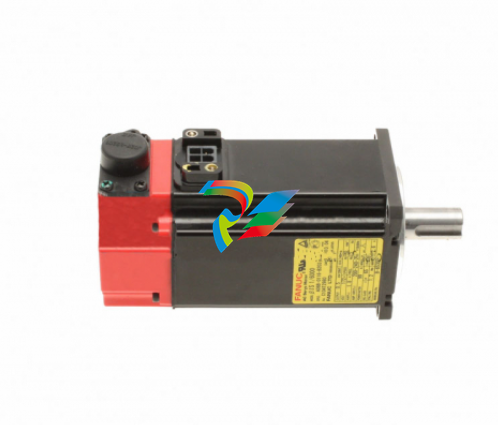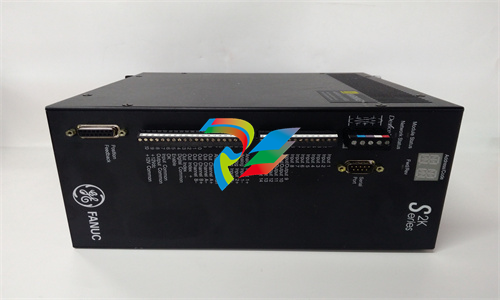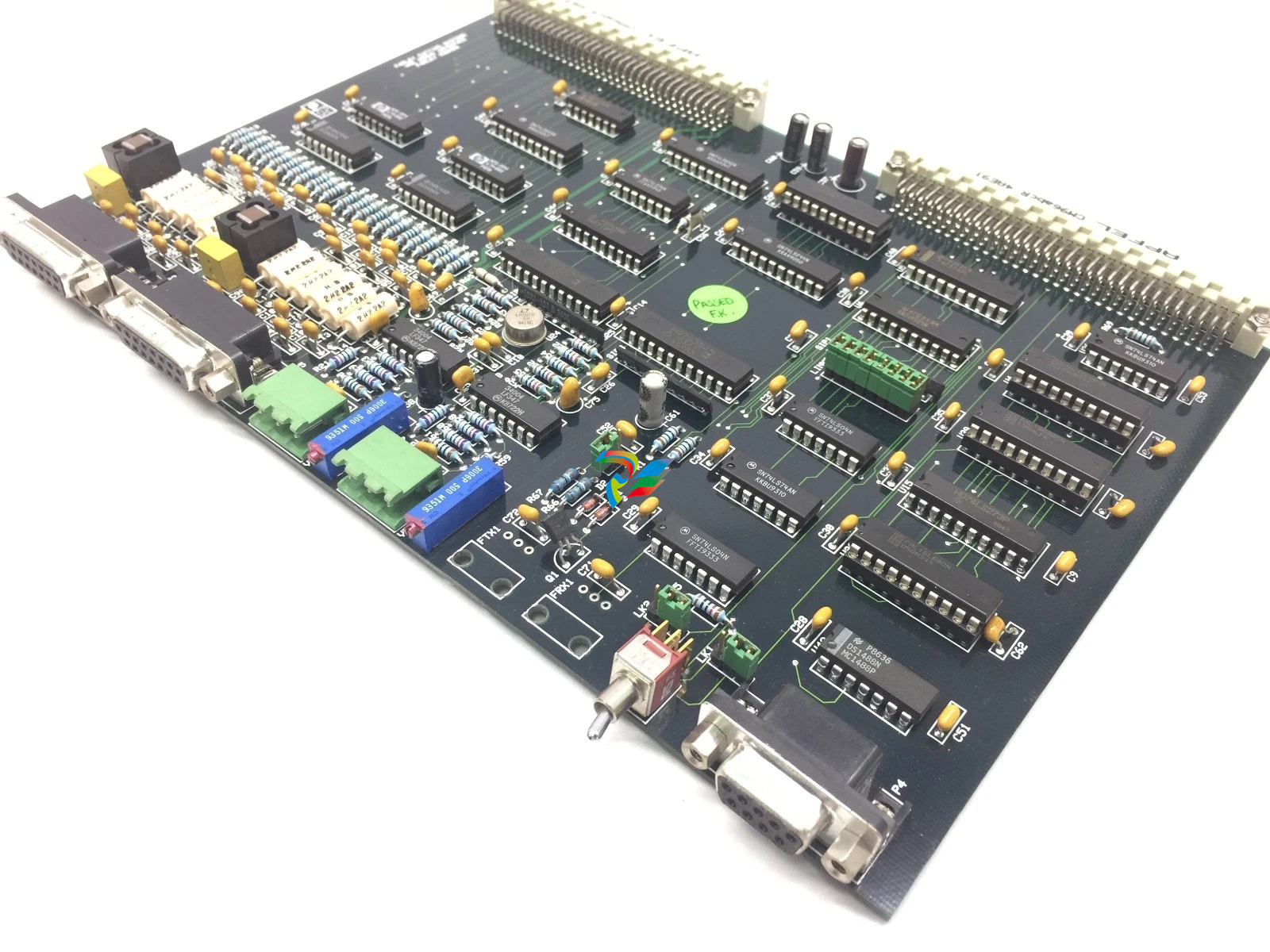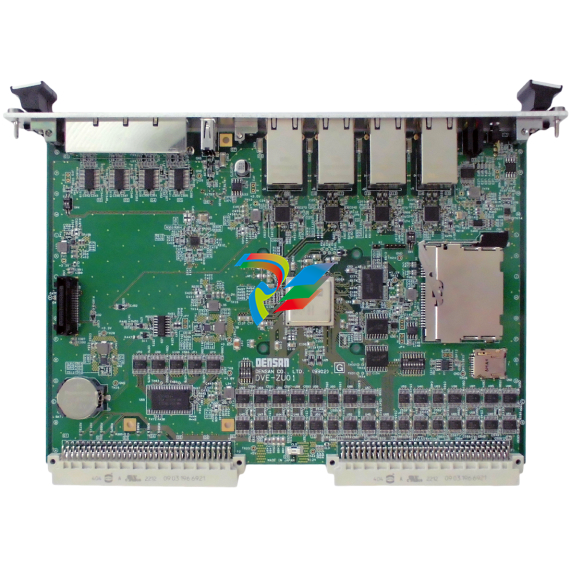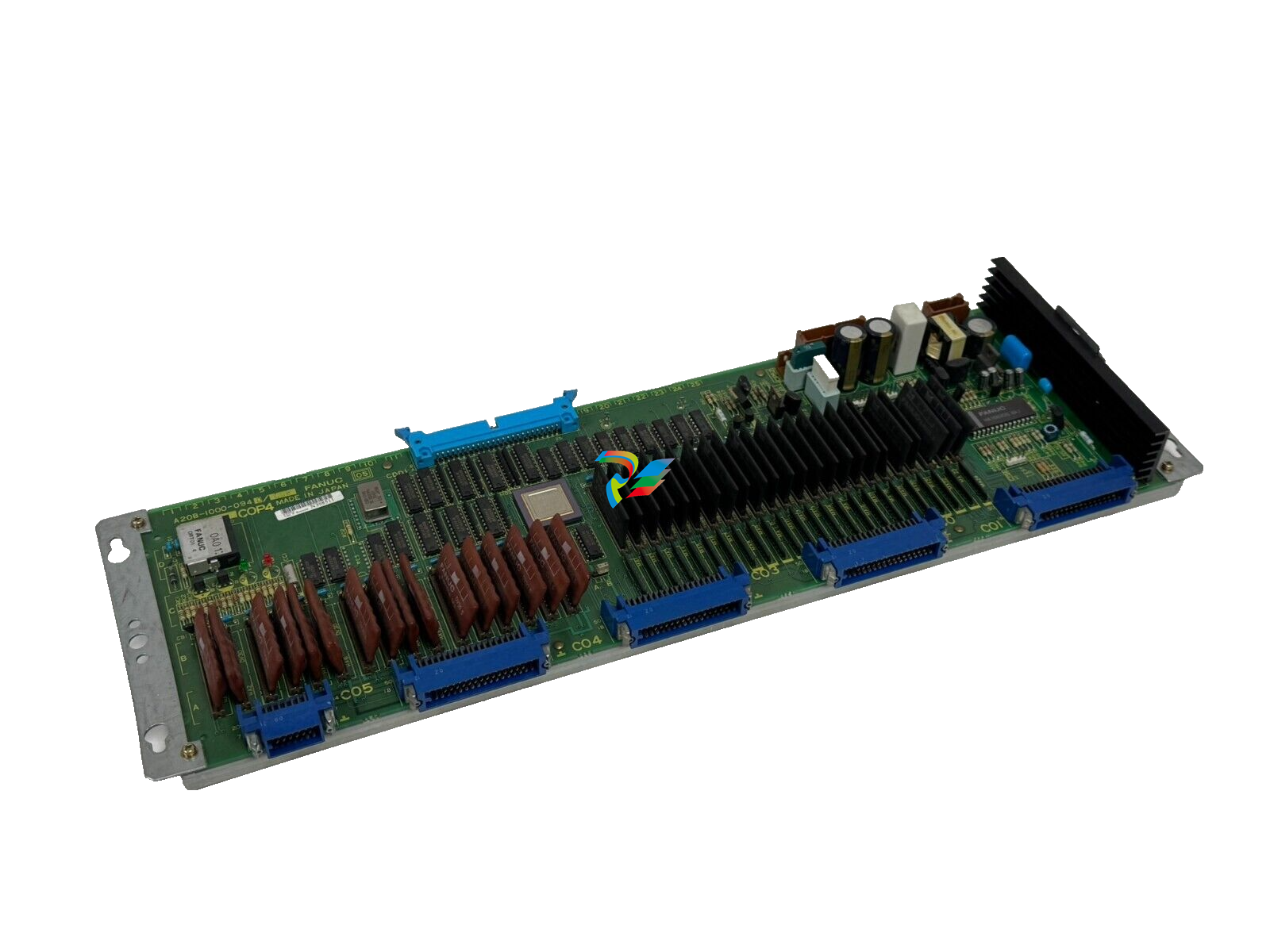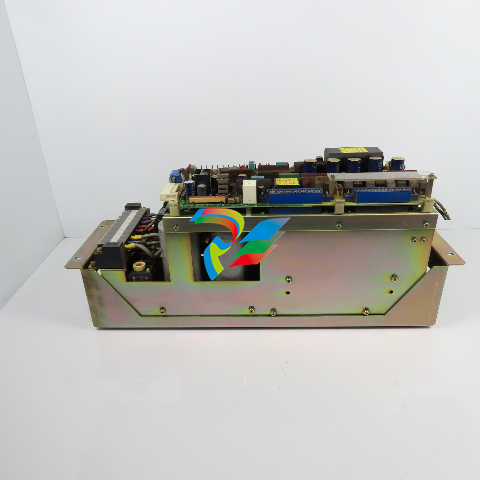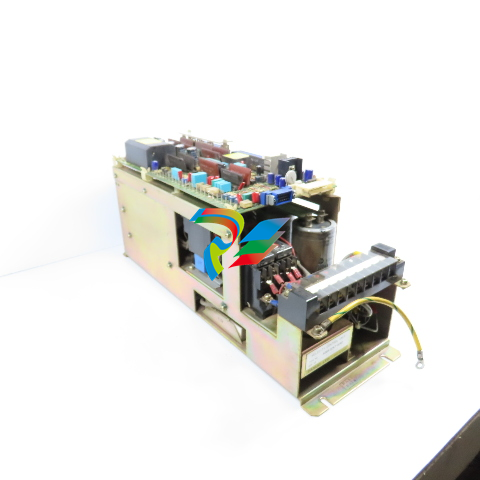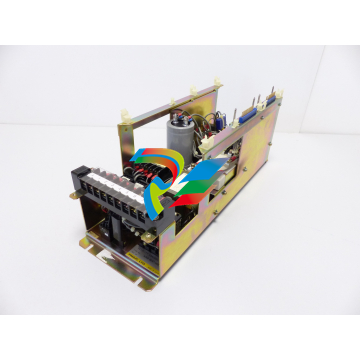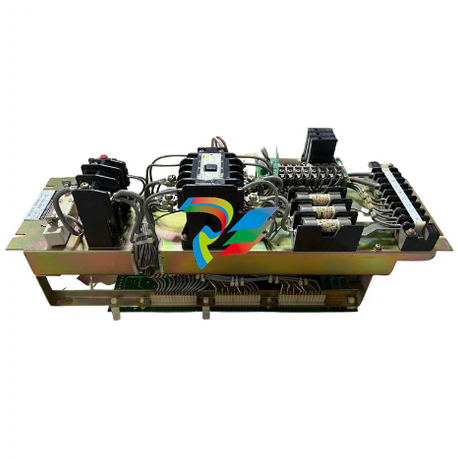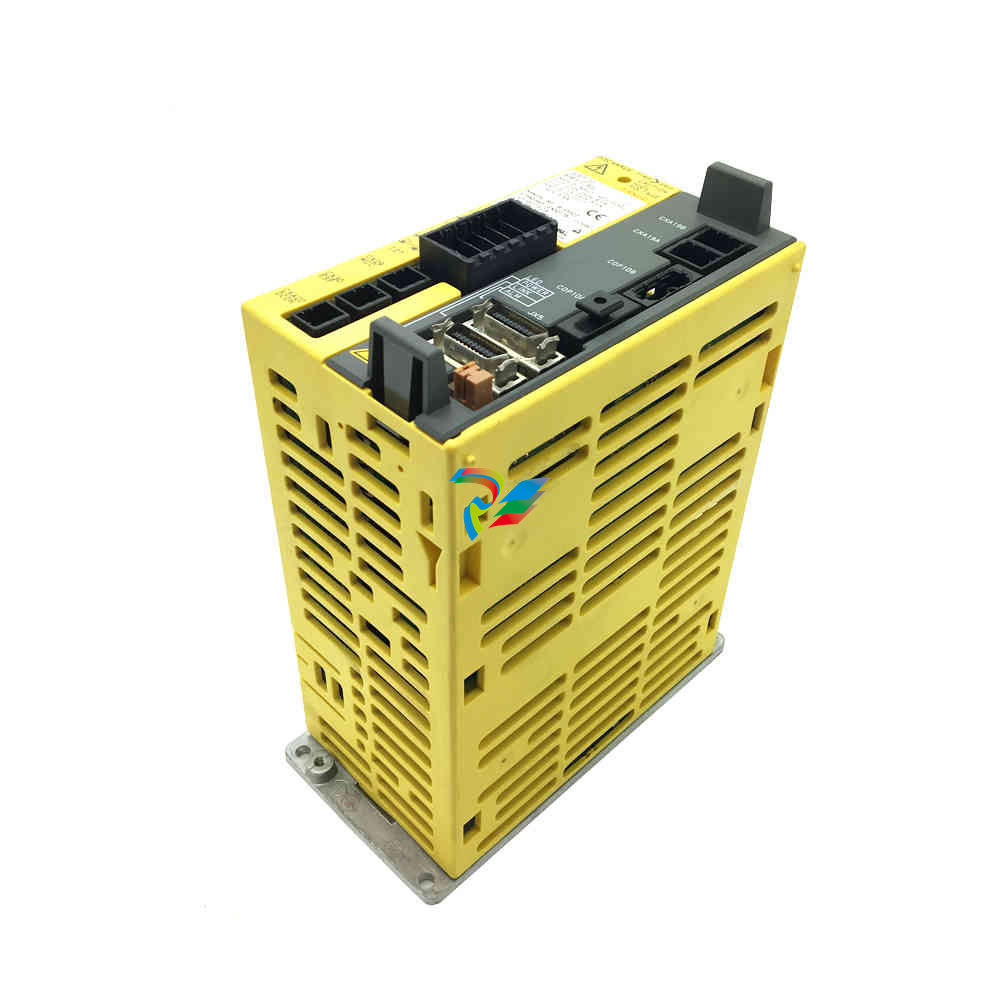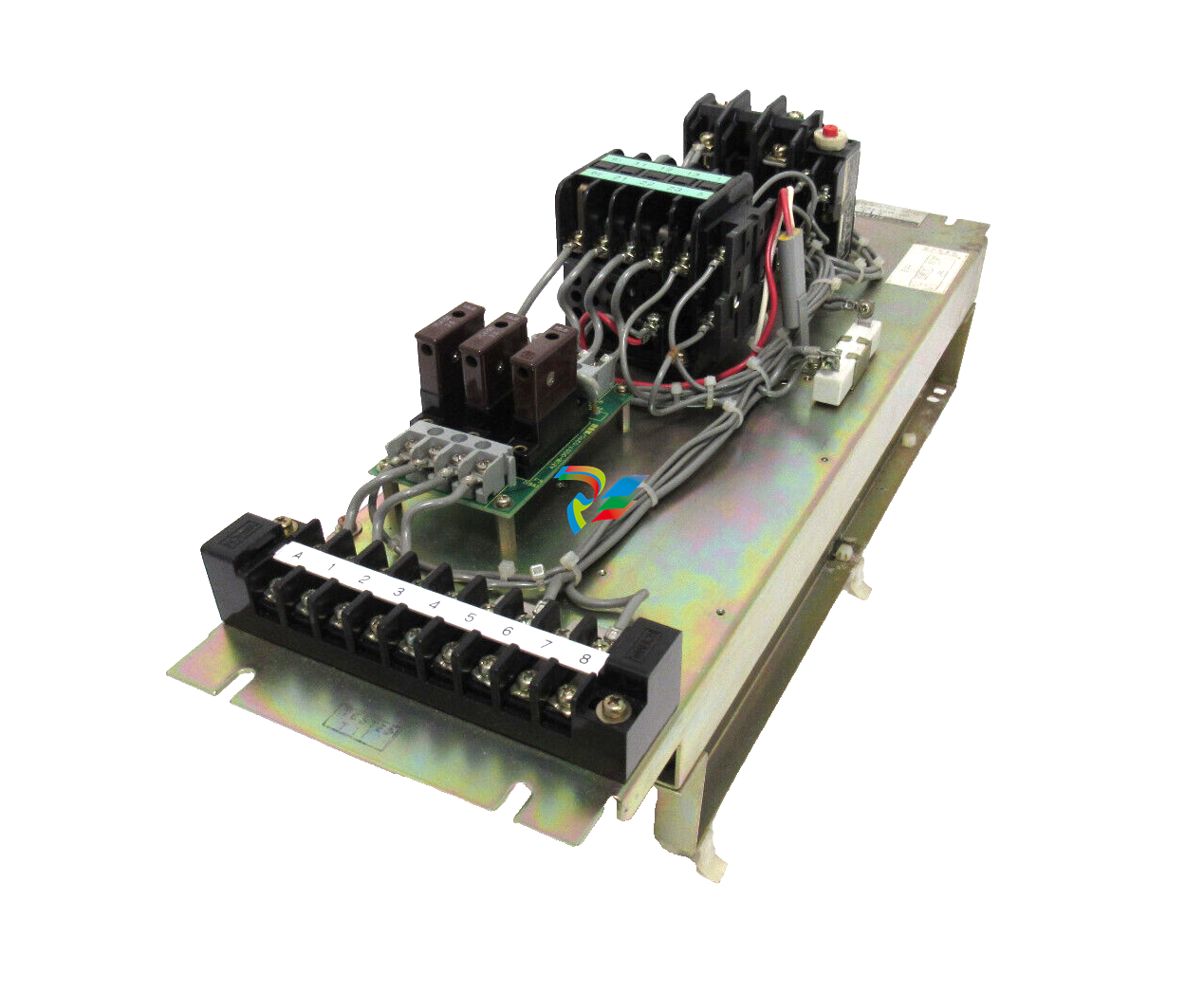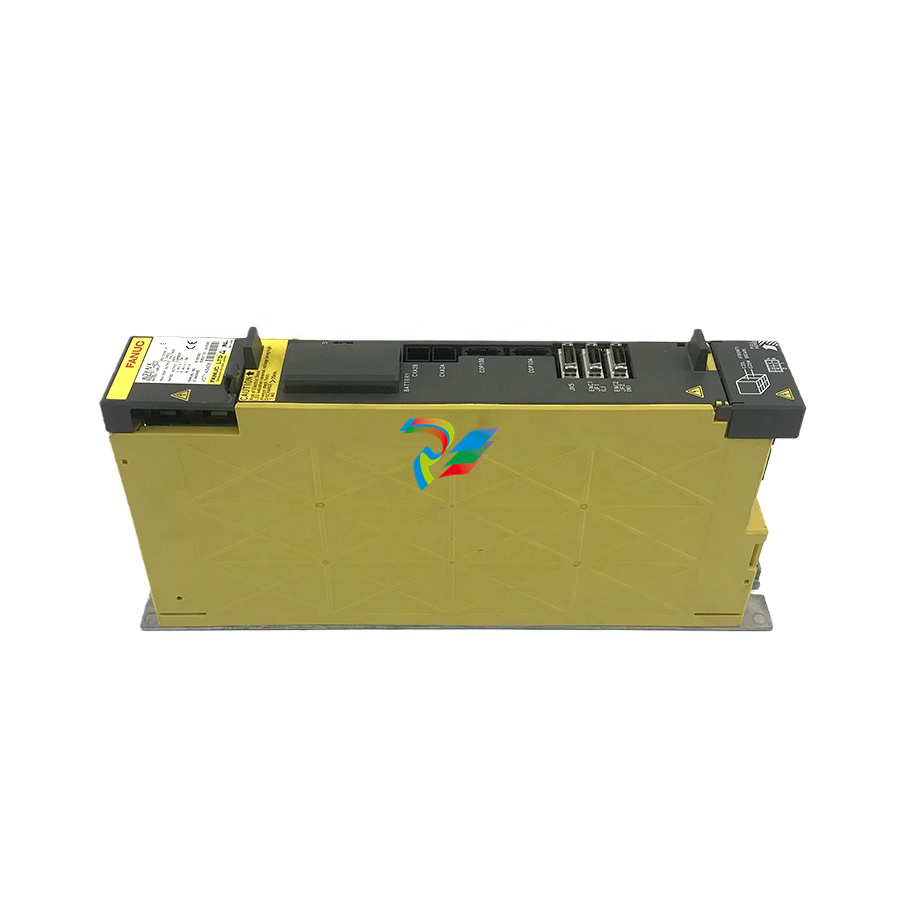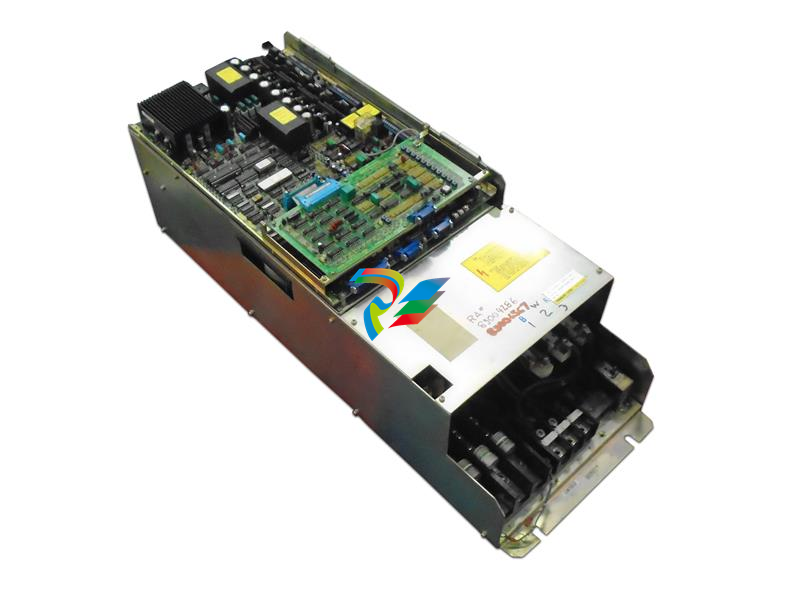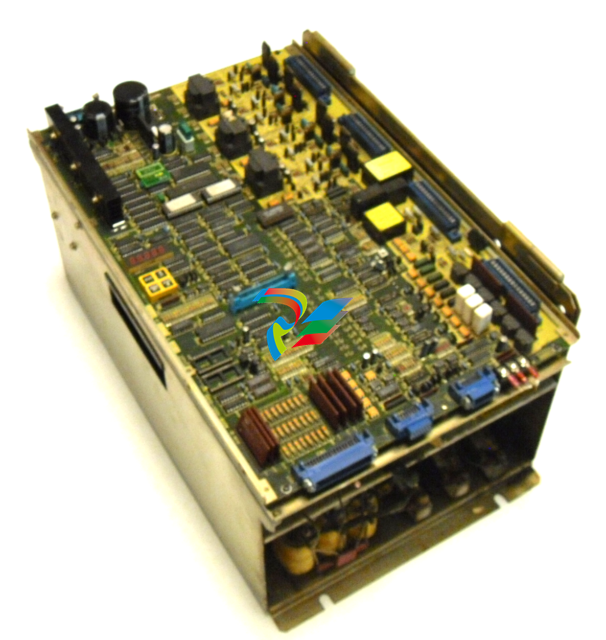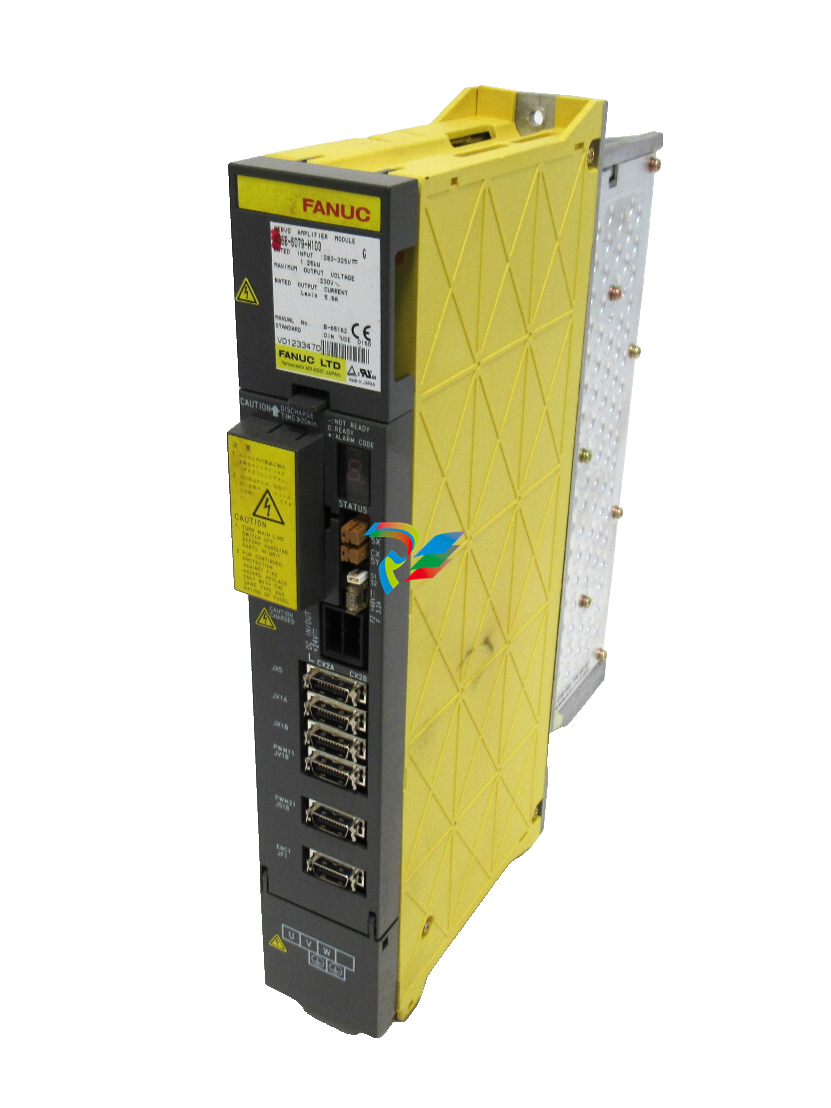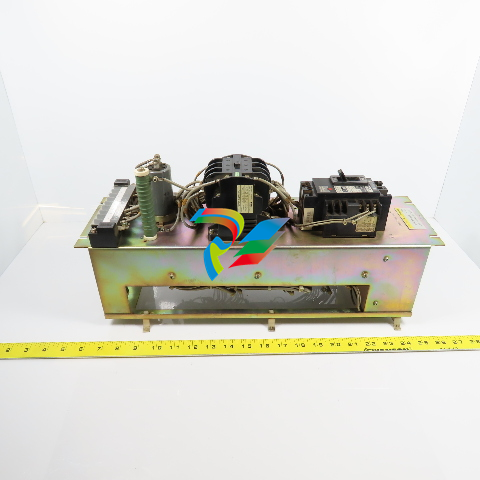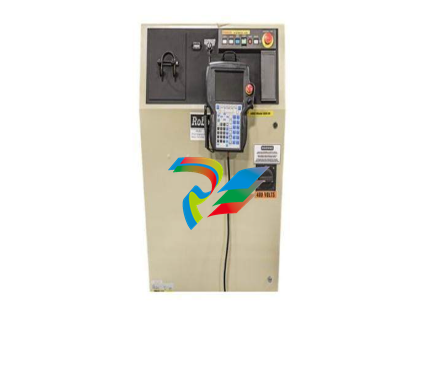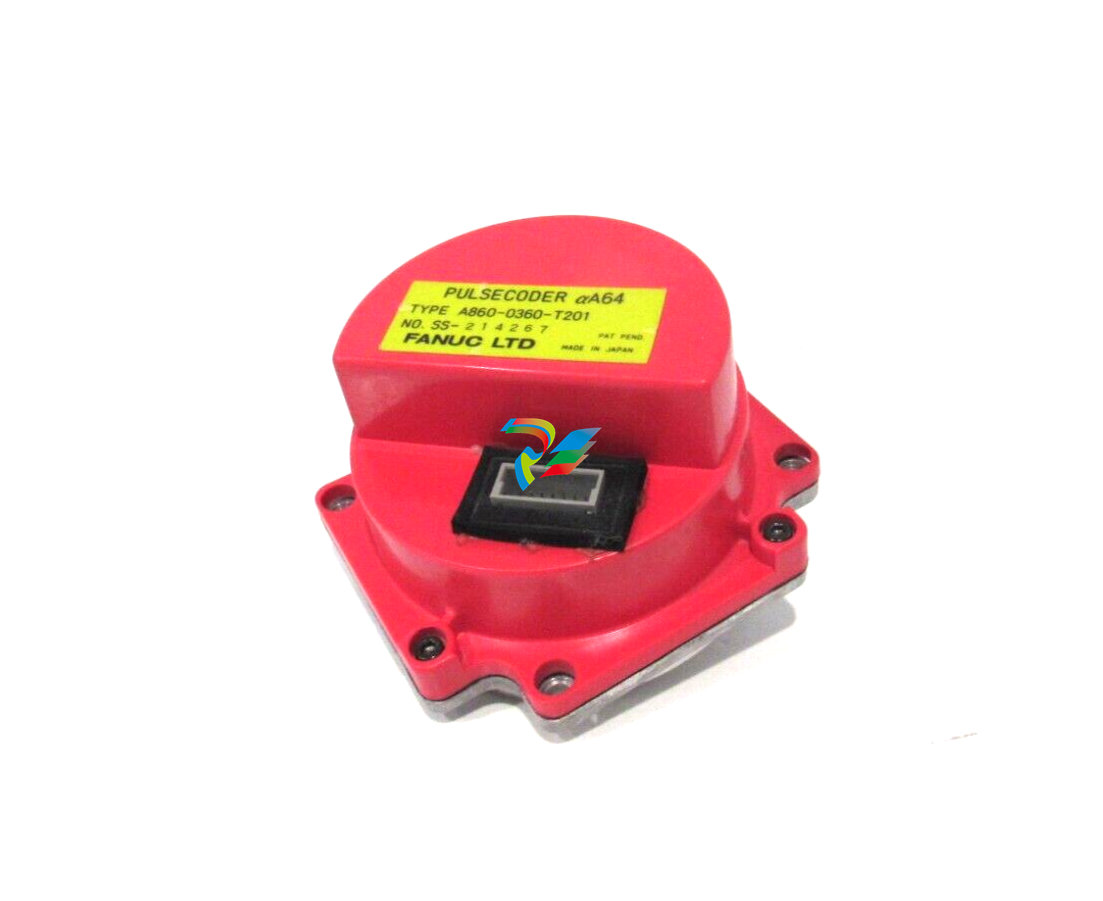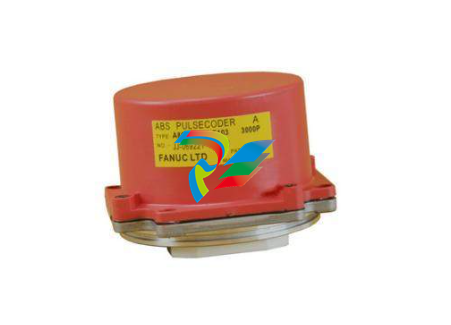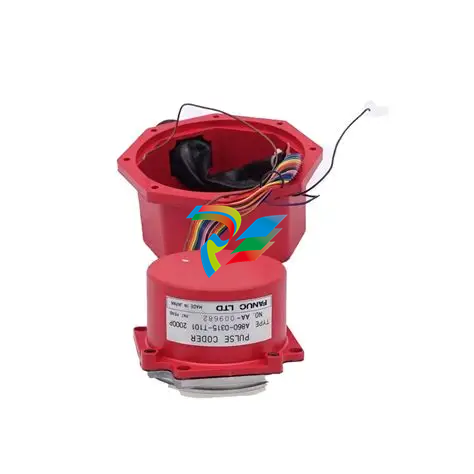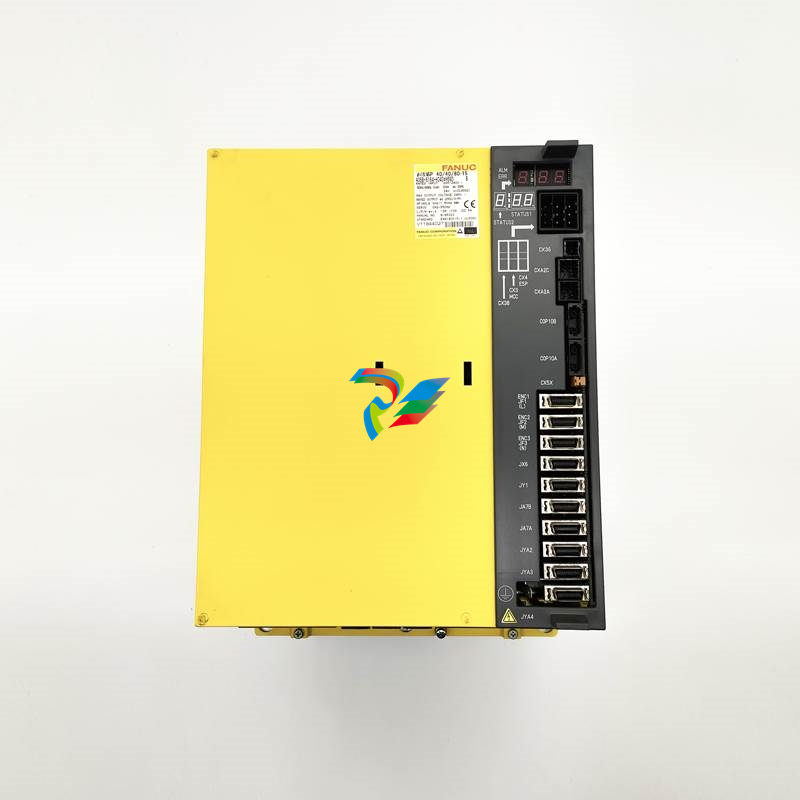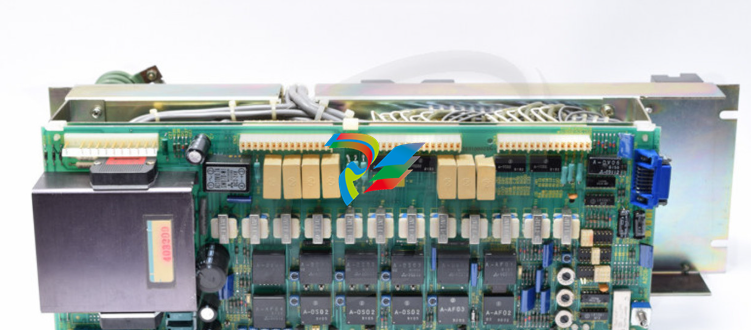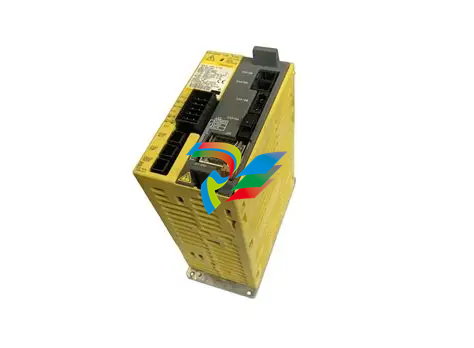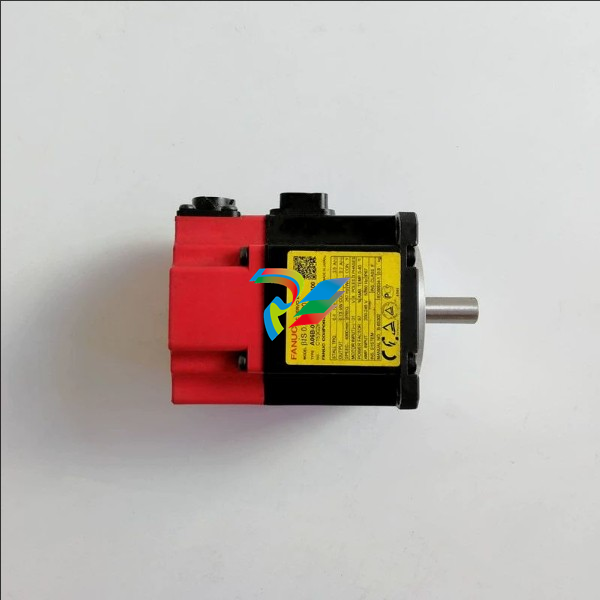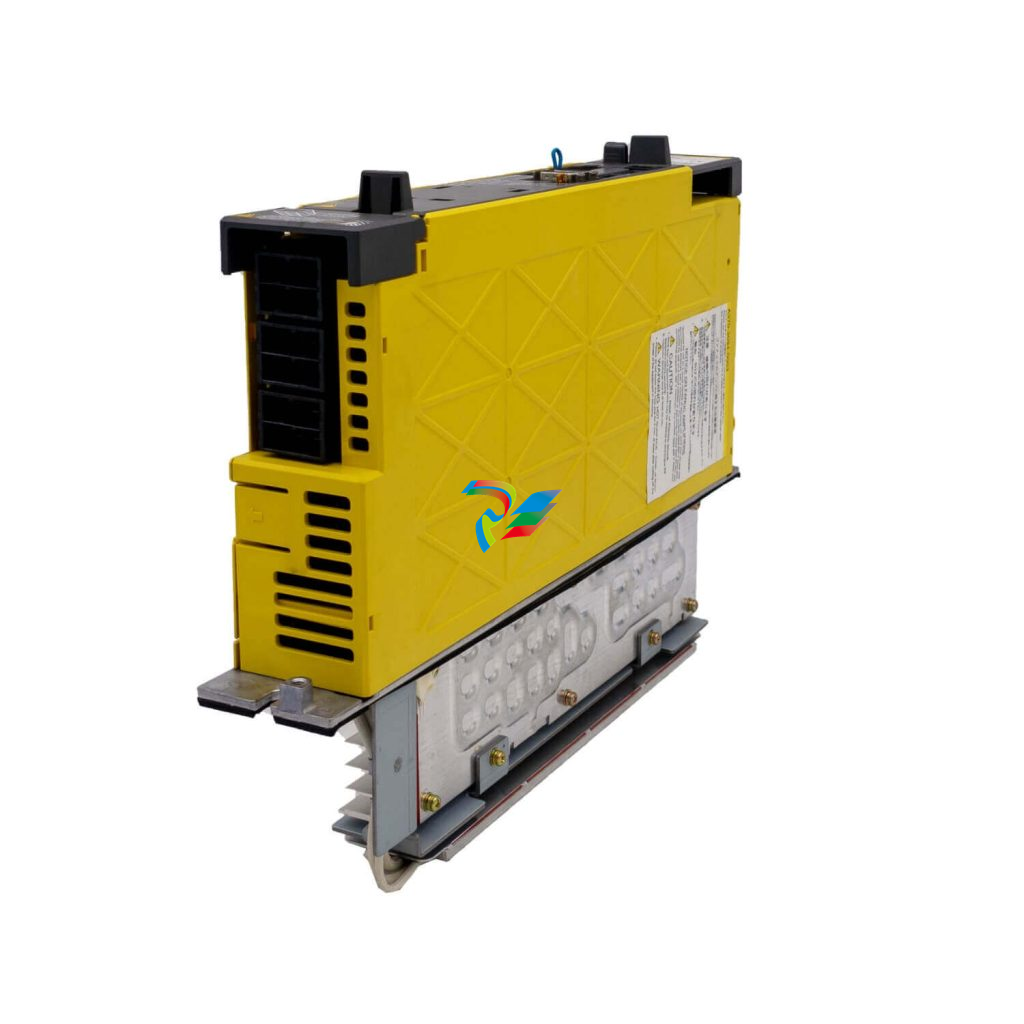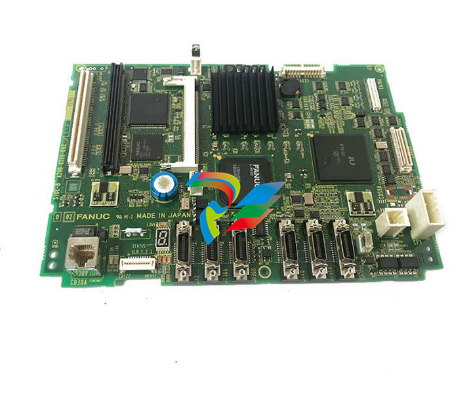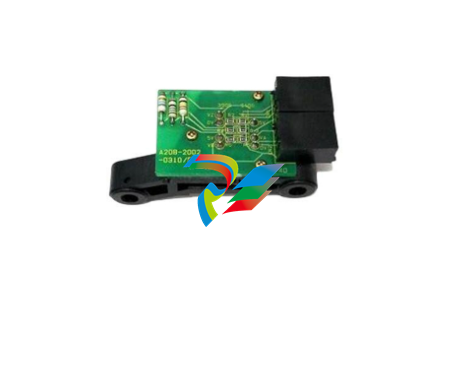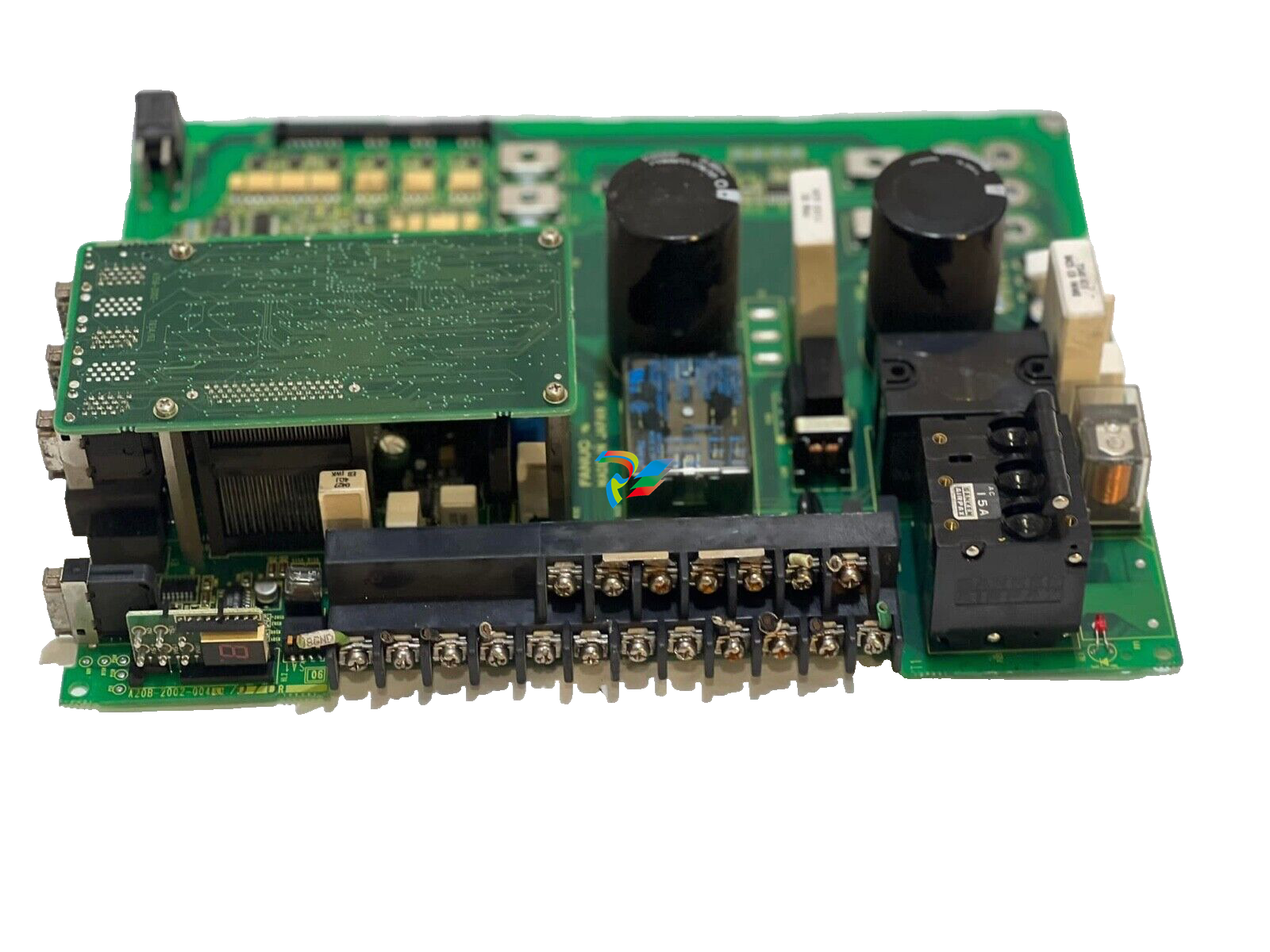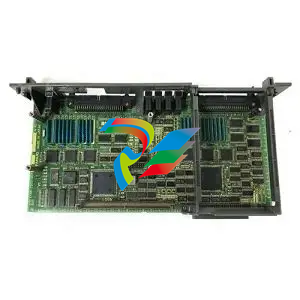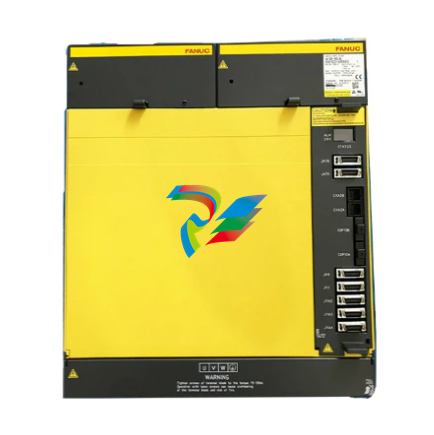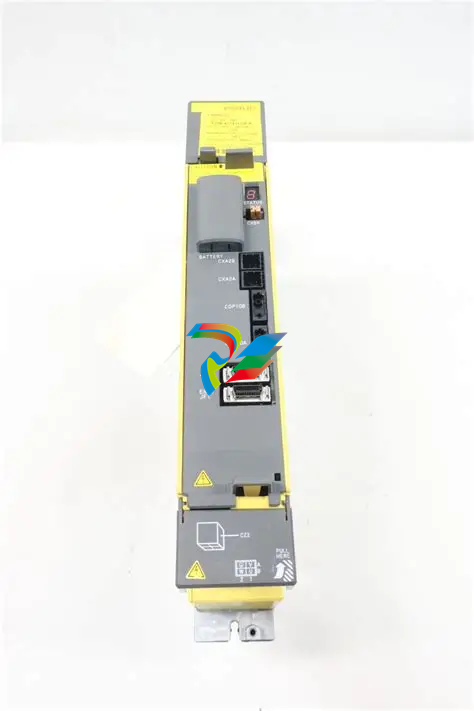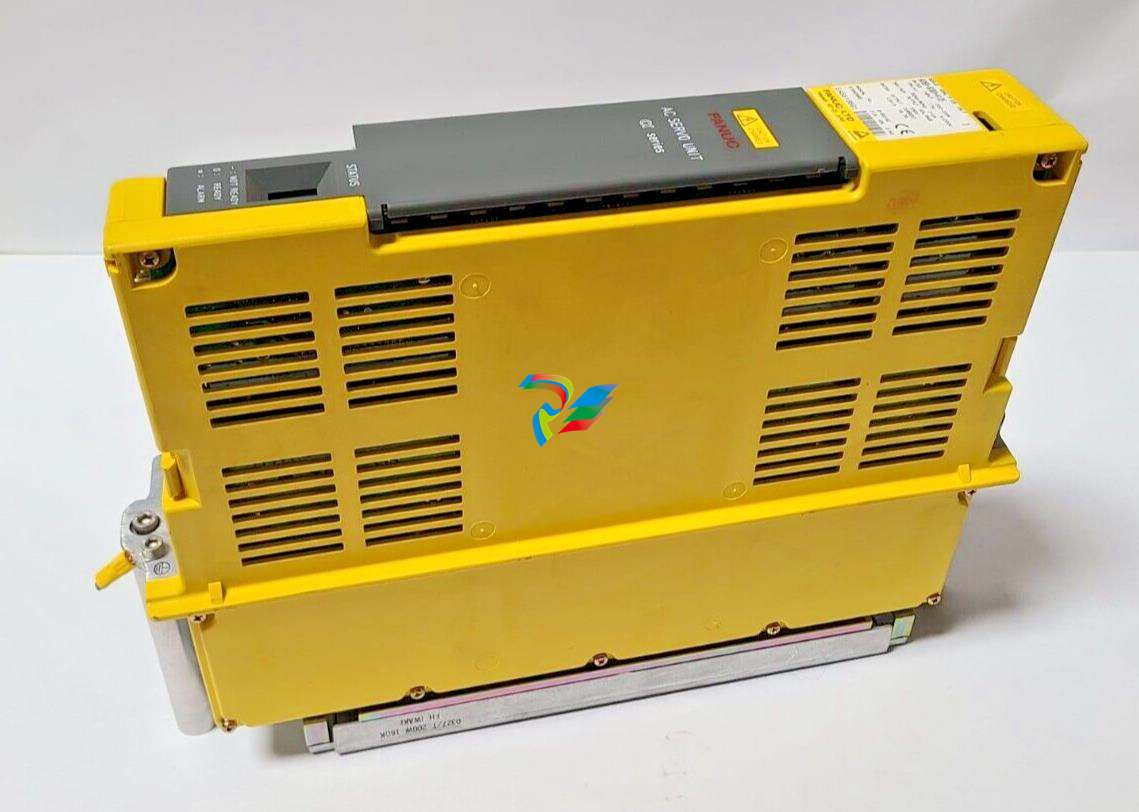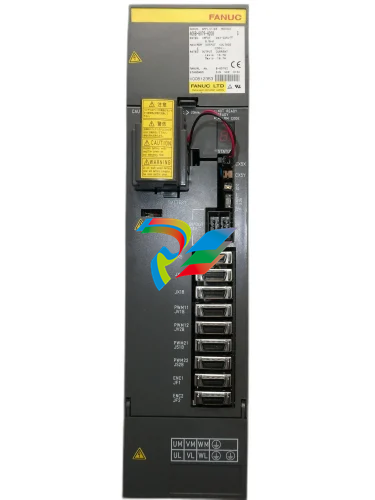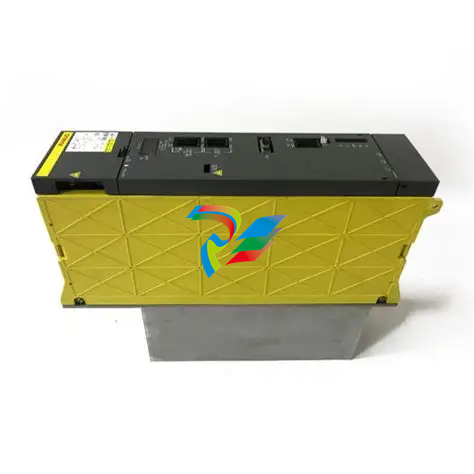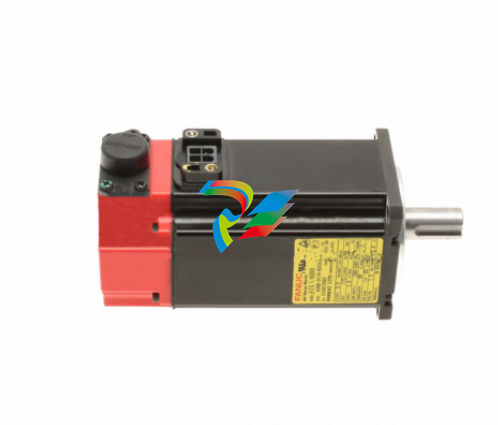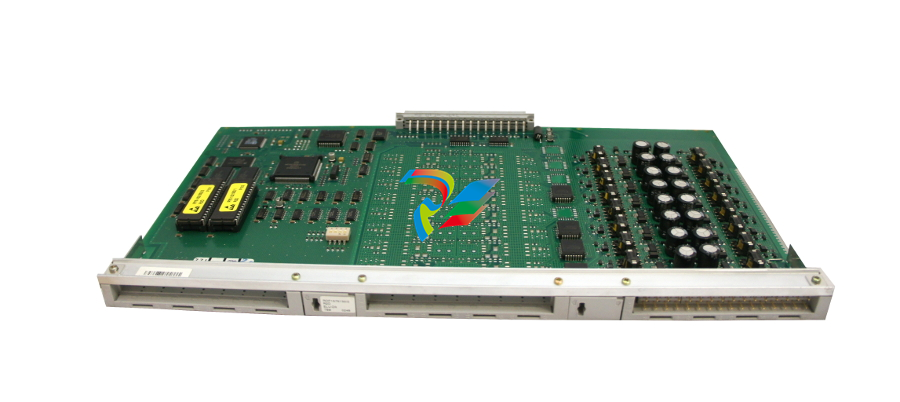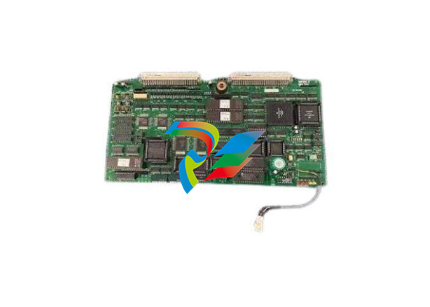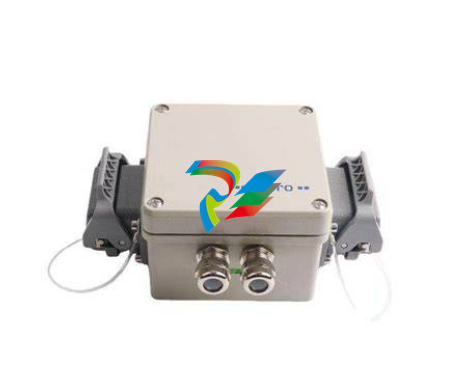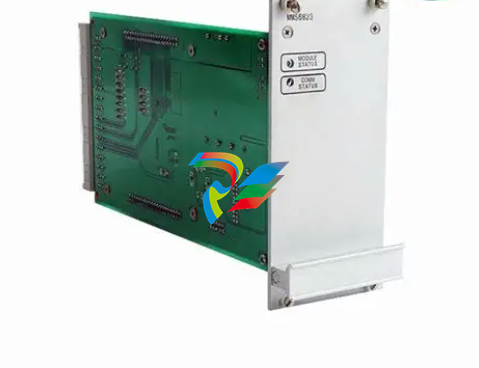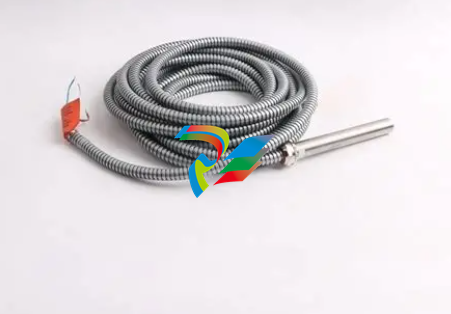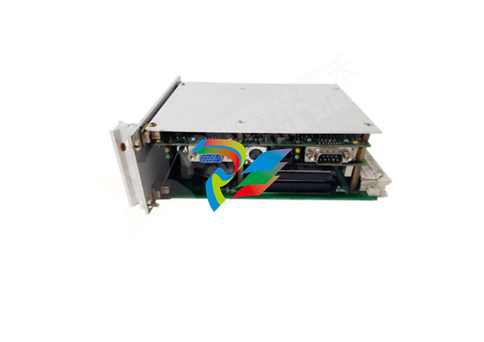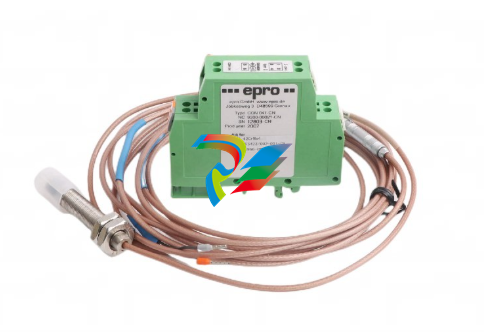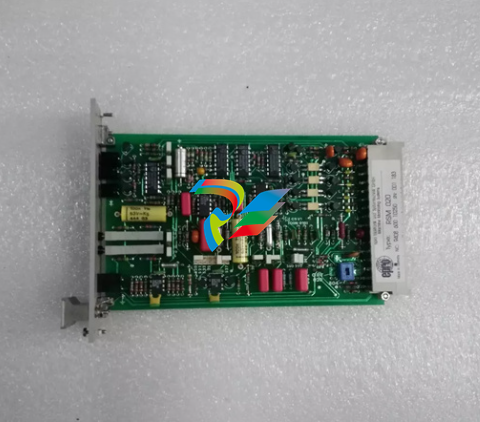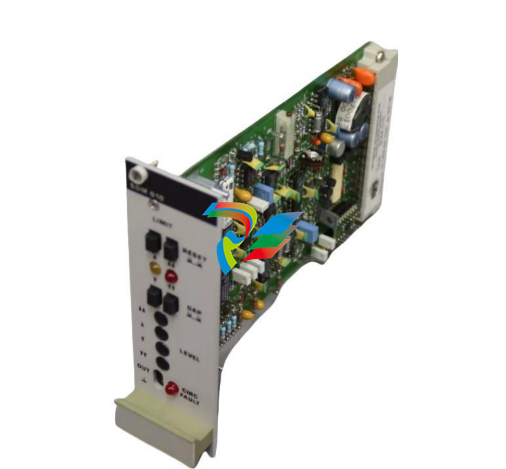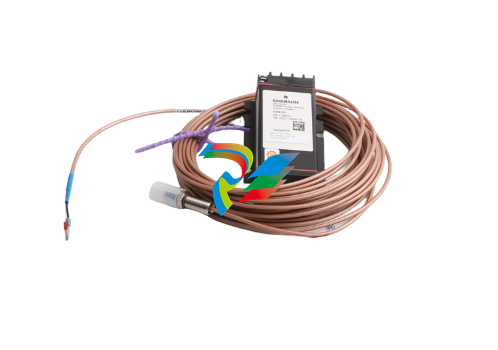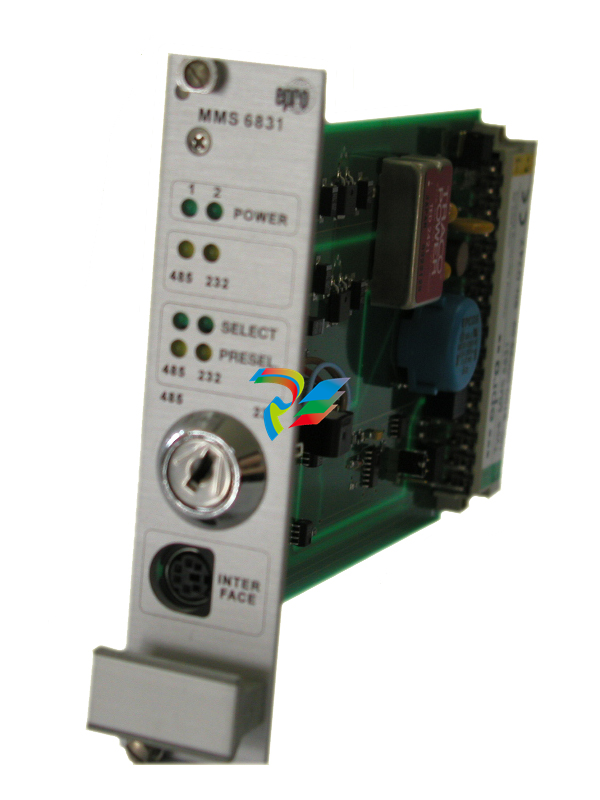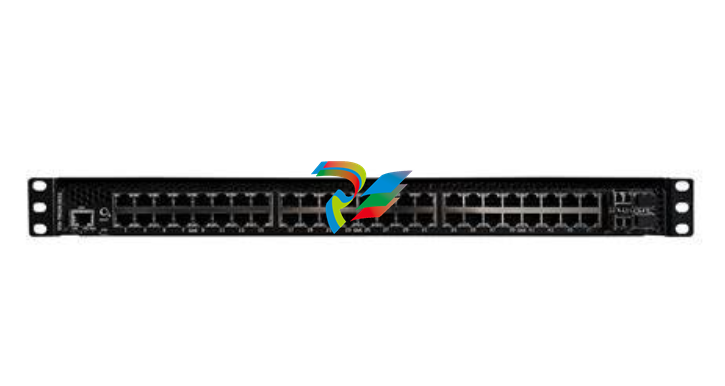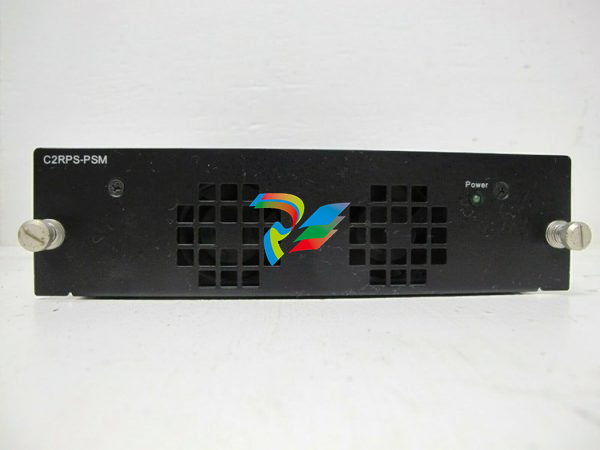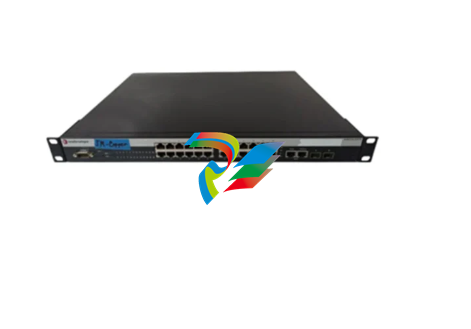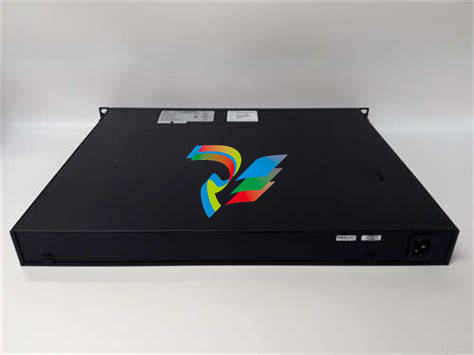
ABB InstrumentationIT 2600T Pressure Transmitter family
ABB InstrumentationIT 2600T Pressure Transmitter family
Transport and storage
• After unpacking the pressure transmitter, check the device for transport damage.
• Check the packing material for accessories.
• During intermediate storage or transport, store the pressure transmitter in the original packaging only.
For information on pe rmissible ambient conditions for storage and transport, see "Te chnical data". T he
storage time is indefinite, however, the warranty conditions stipulated in the order confirmation of the supplier
are valid.
The transmitter package includes:
The transmitter
An envelope including the instruction manual and the calibration report
3 mm Allen key
Optional content depending on the selected options:
Bracket kit
Electrical connection blind plug
Identification
The instrument is identified by the data plates.
Nameplate
The Nameplate provides information concerning the model cod e number, maximum working
pressure, range and span limits, power supply and output signal. See code/specification sheet for
detailed information. This plate also shows:
the transmitter serial number (please refer to this number in making inquiries)
the specific details of the transducer (diaphragms material, fill fluid, range limit and identification
number)
the Safety Hazardous Area details (see the specific paragraph in this manual)
Optional Wired on plate (option I2)
364Ax-Gx Instruction Manual
Whenever the transmitter has been ordered with the
option I2. a wired on SST plate with 4 lin es, 32
characters per line will be supplied. The plate will be
wired on the instrument with a SST wire.
personnel and in accordance with the information given. Any deviation from these instructions, will transfer
the complete liability to the user.
It is not recommended to install the transmitter and leave the cover open or the electical input without the
appropriate plugs. Water penetration can damage the electrical circuit.
General
.
Preparing for installation
Before installing the pressure transmitter, check whether the model meets the measurement and safety
requirements of the measuring point. This applies for:
• Measuring range
• Overpressure stability
• Temperature
• Explosion protection
• Operating voltage
The materials must be checked to ensure compatibility with regard to their resistance to the media.
This applies for:
• Gaskets
• Process connections, etc.
In addition, the relevant directives, regulations, standards and accident prevention regulations
must be observed. (e.g., VDE/VDI 3512. DIN 19210. VBG, Elex V, etc.).
Measurement accuracy is largely de pendent on correct installation of the pre ssure transmitter and, if
applicable, the related m easuring tube. The m easuring setup should be as free as possible of critical
ambient conditions such as major temperature variations, vibration or shock.
Note
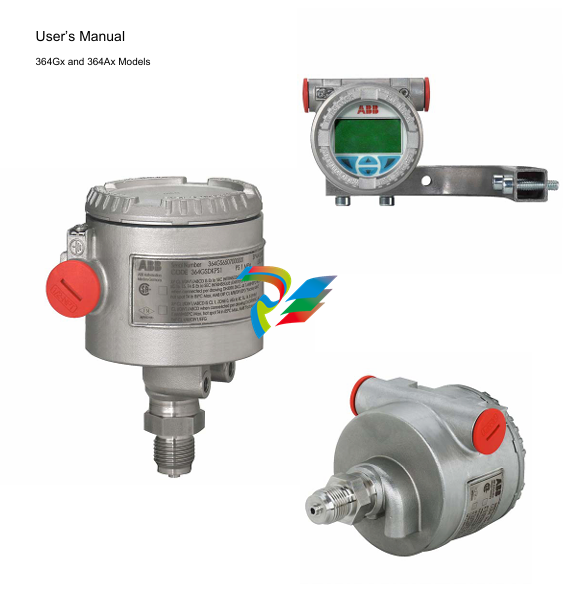
unfavorable ambient condition s cannot be avo ided owing to rea sons related to bu ilding structure,
measuring requirements or other reasons, this may influence the measurement quality.
If a pressure sensor with capillary tube is installed, observe also the related data sheets.
Pressure transmitter
The transmitter can be connected directly to the shut-off valve. There is also a mounting bracket for wall or
pipe installation (2” pipe) available as an accessory.
The pressure transmitter should be installed so that the di splay and control unit are a ccessible during
installation and connection, as well as retrofitting.
The transmitter should be installed preferably in a vertical position to avoid subsequent zero shift corrections.
Note
In case of an oblique installation and depending on the measuring range, the fill fluid exerts a hydrostatic
pressure on the measuring diaphragm, resulting in a zero shift. The zero point must then be adjusted.
In general, the pressure transmitters can be used in any mounting position. It is installed according to the
same guidelines as a manometer
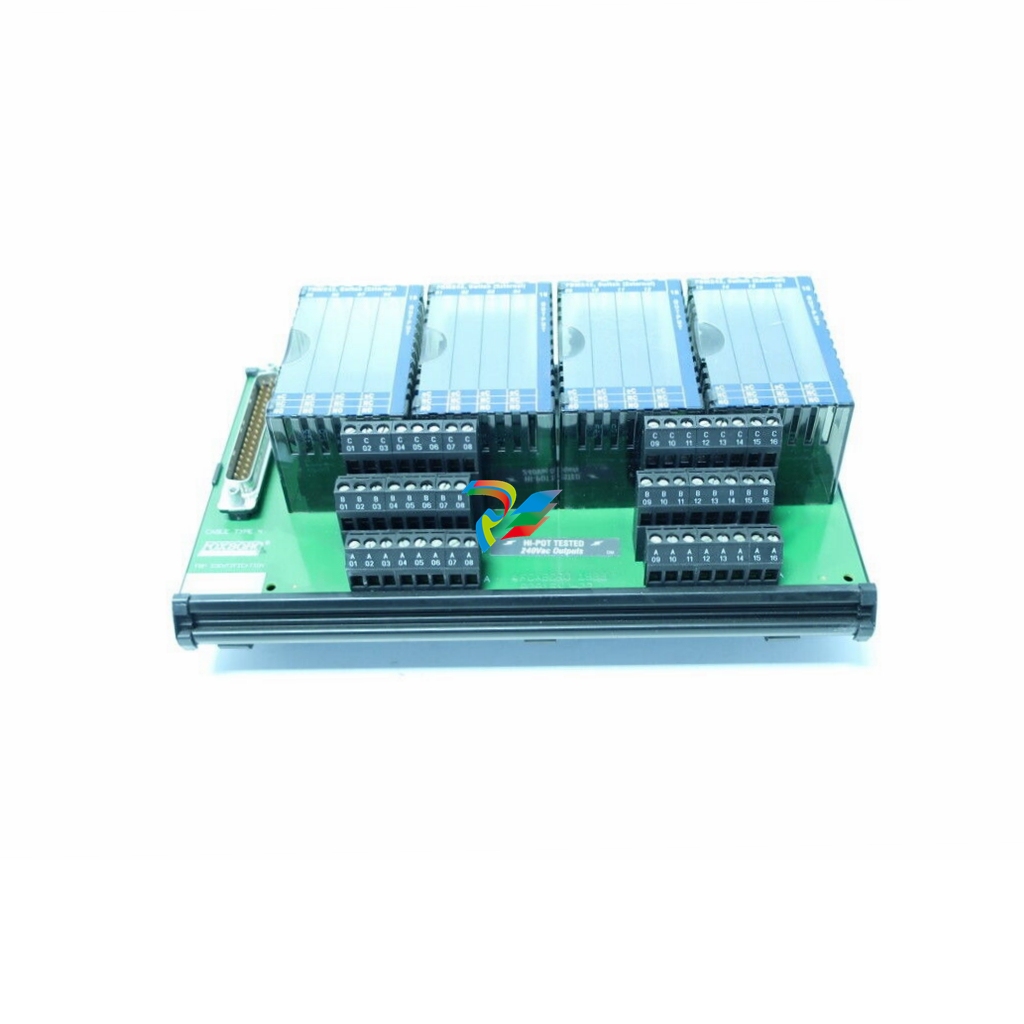
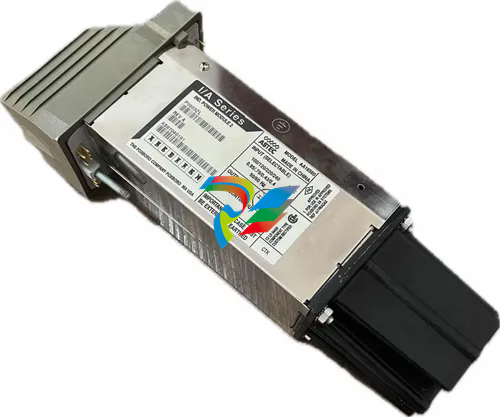

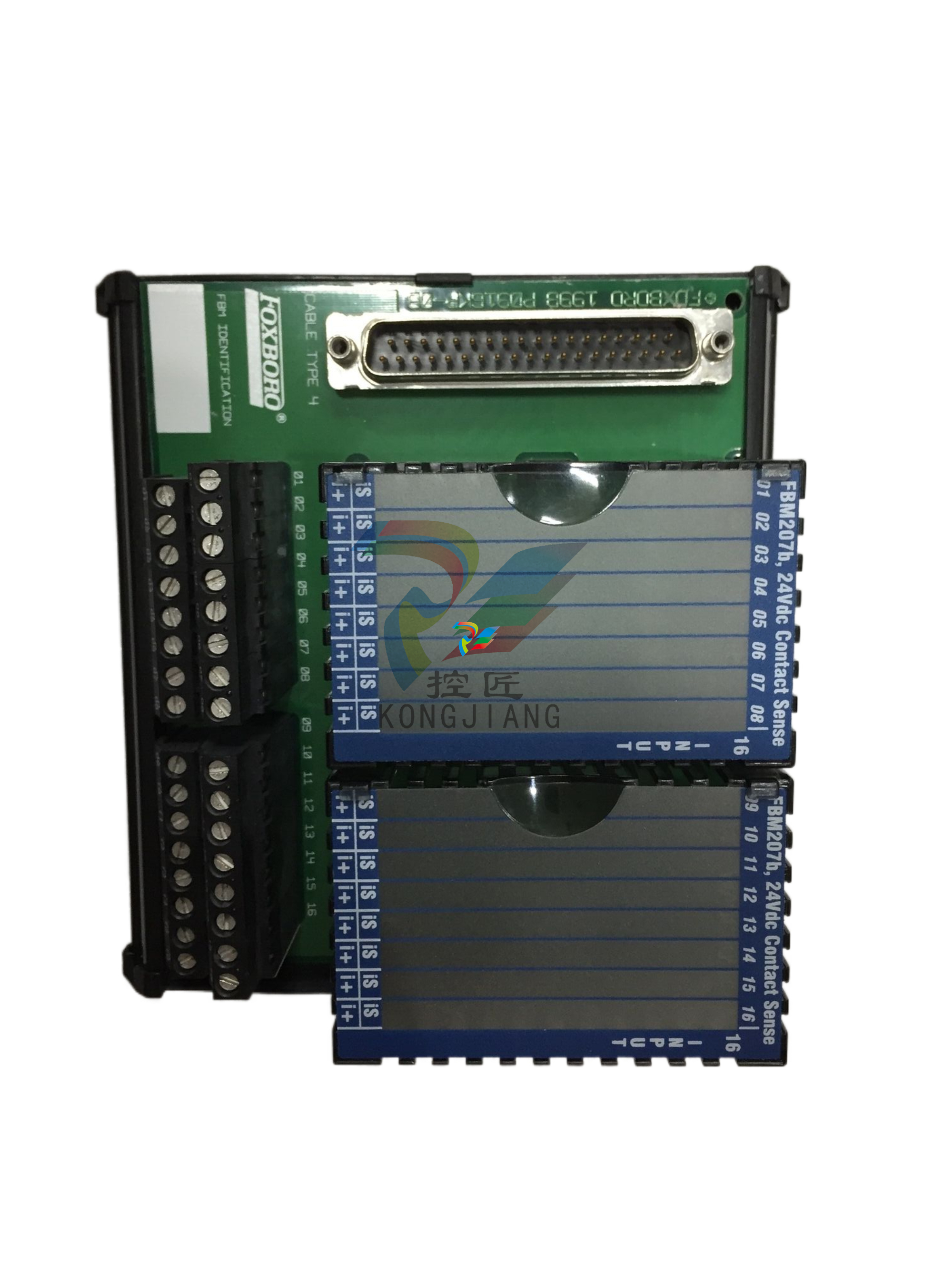
.jpg)
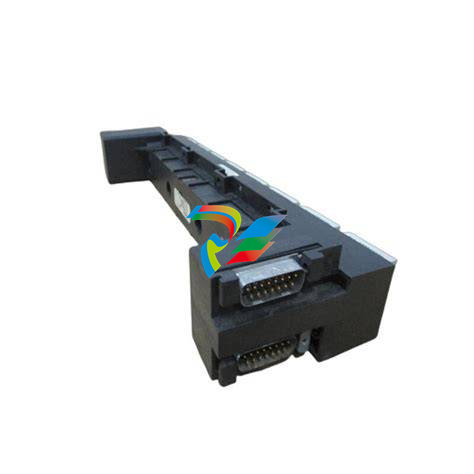
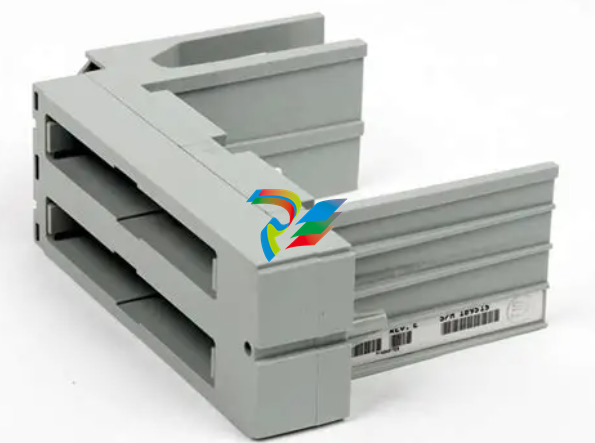
.jpg)
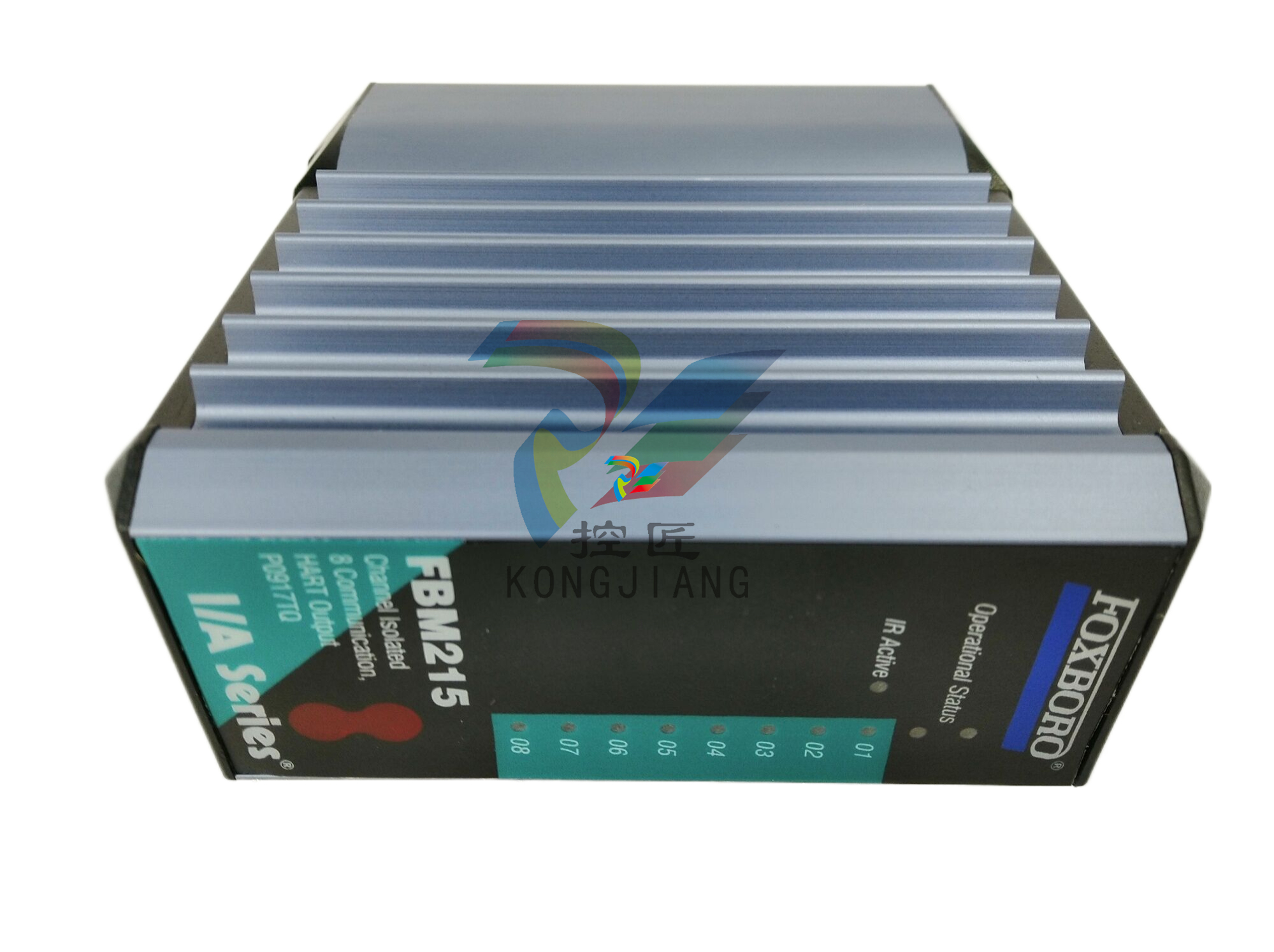
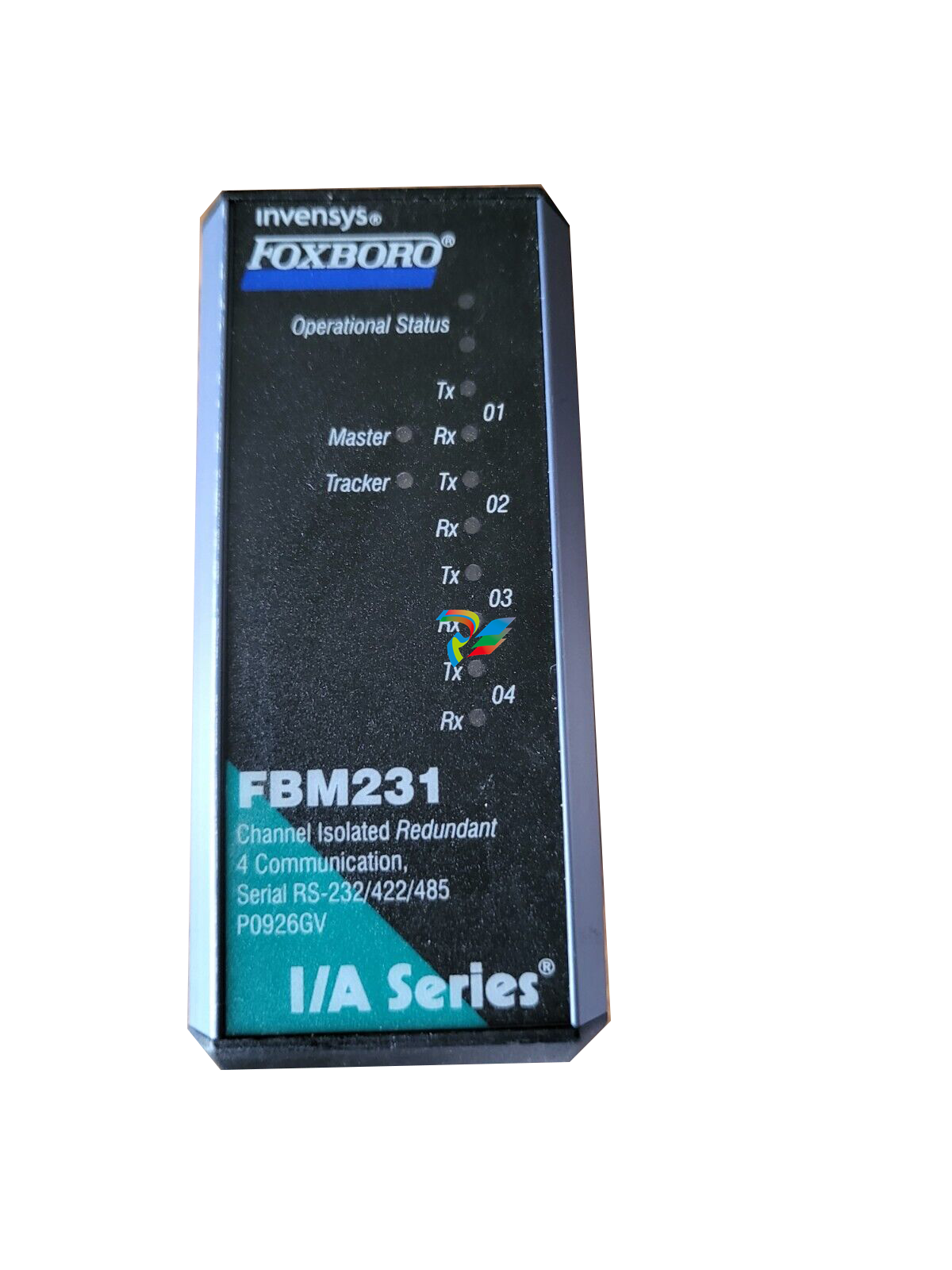
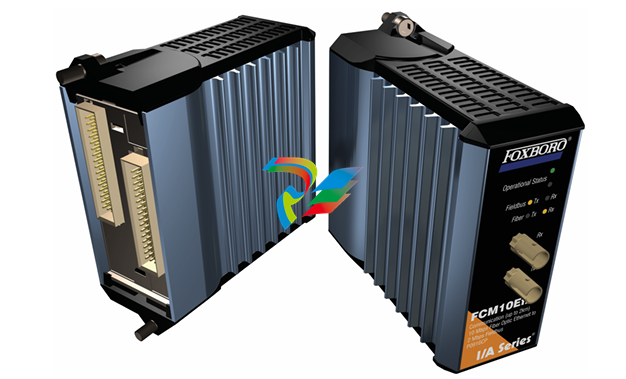
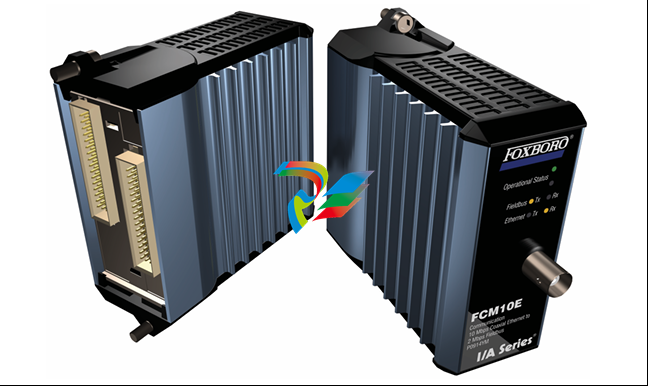
.jpg)
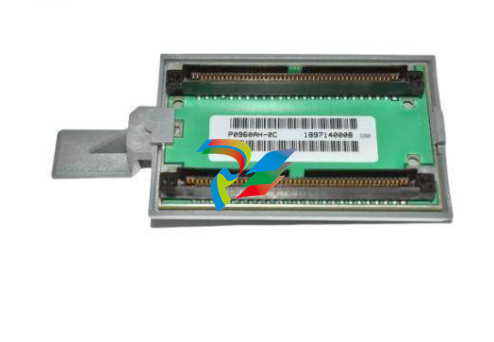
.jpg)
.jpg)
.jpg)
.jpg)
.jpg)
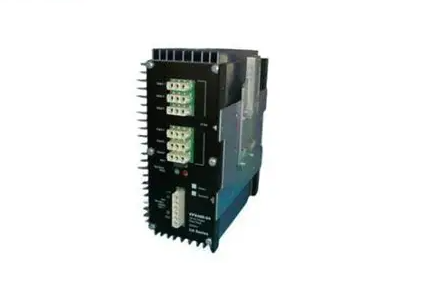
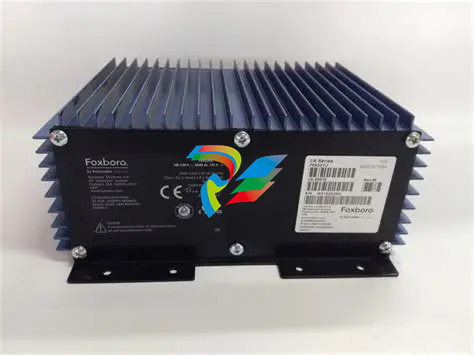
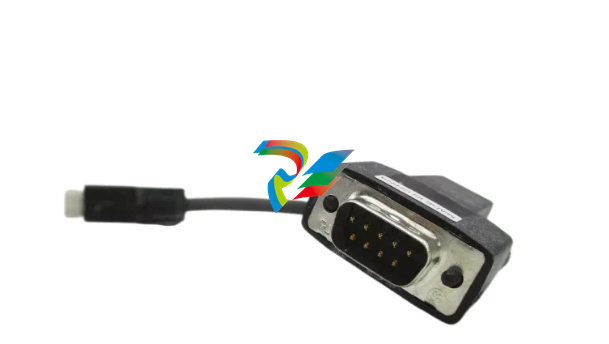
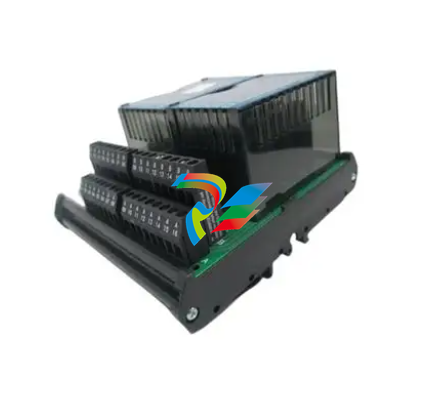
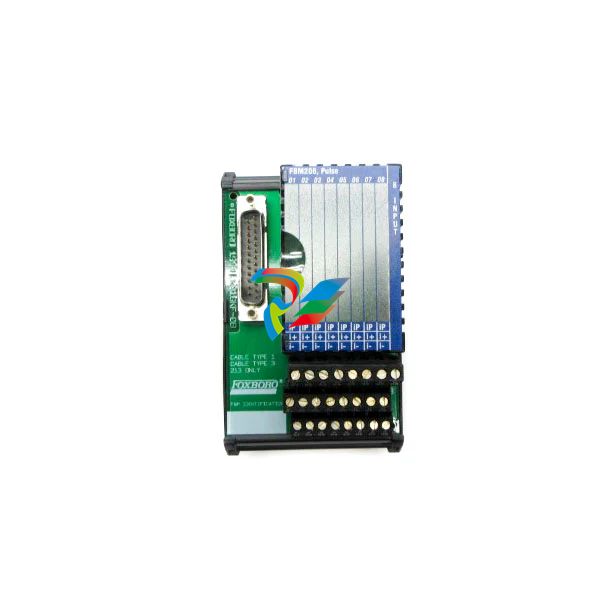
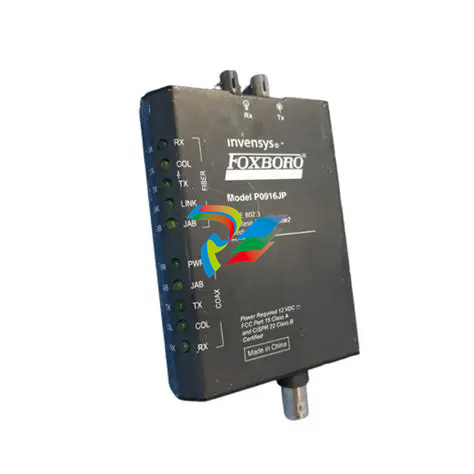
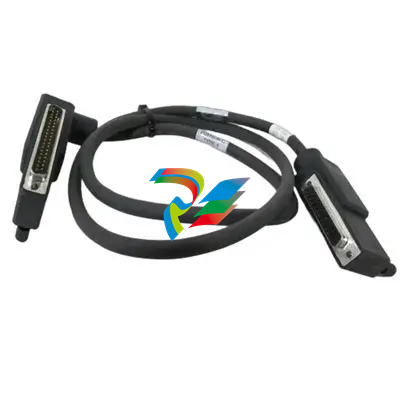
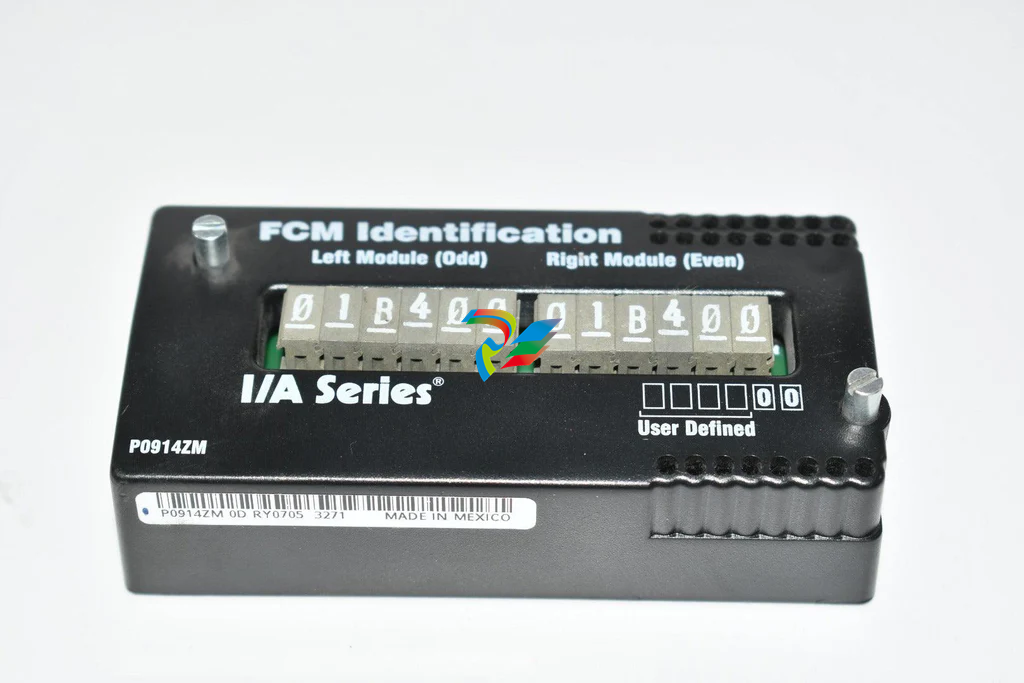
.jpg)
.jpg)
.jpg)
.jpg)
.jpg)
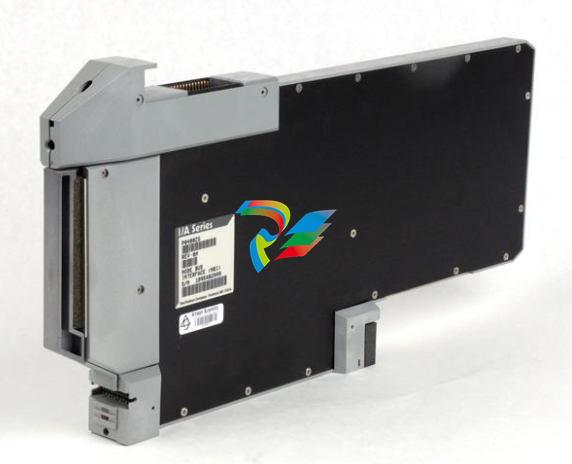
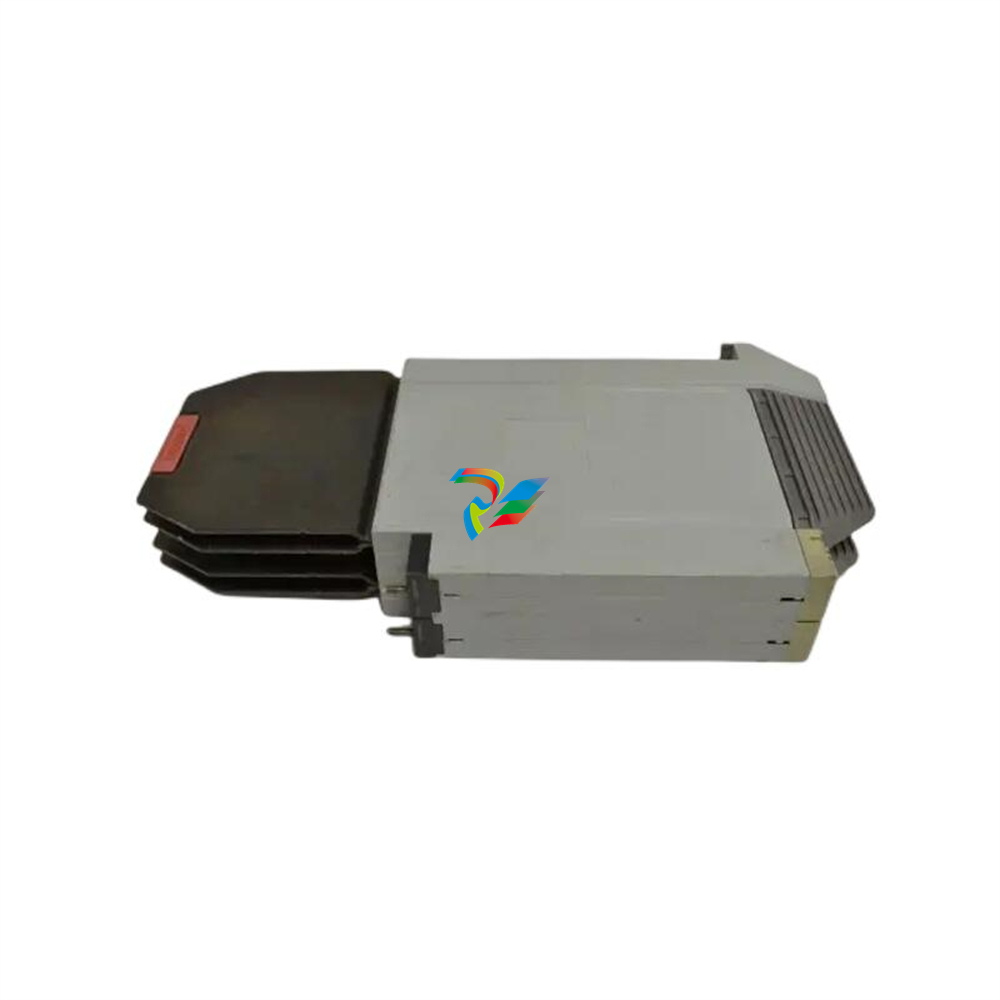
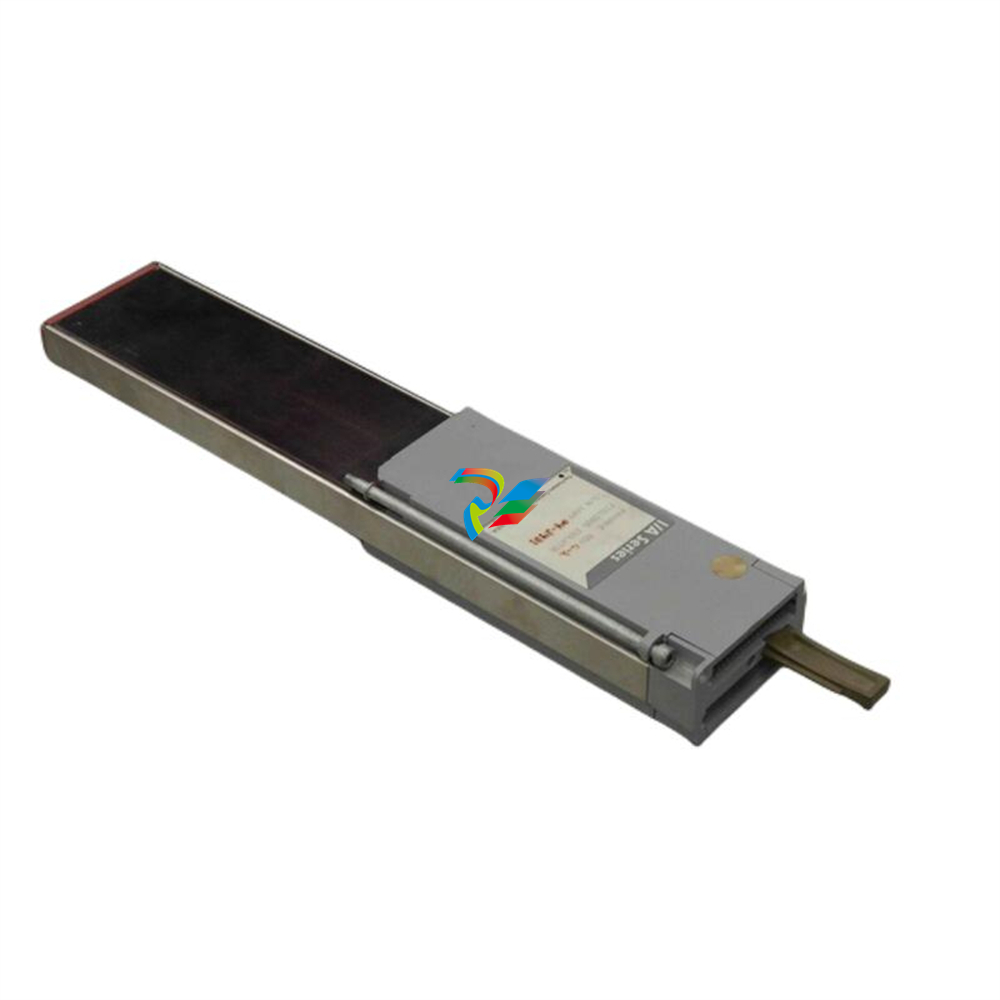
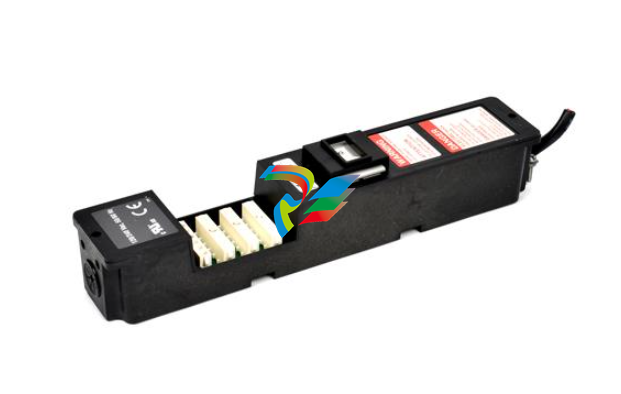
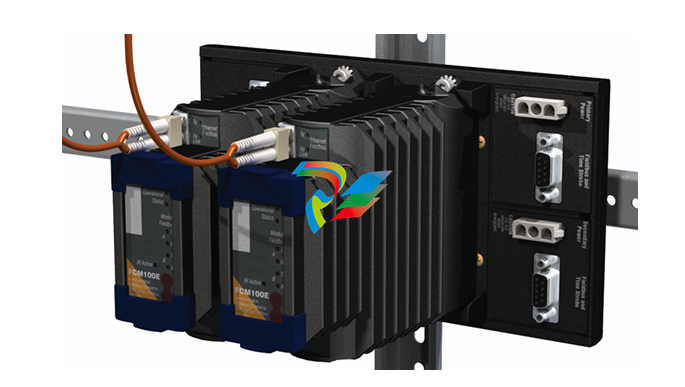
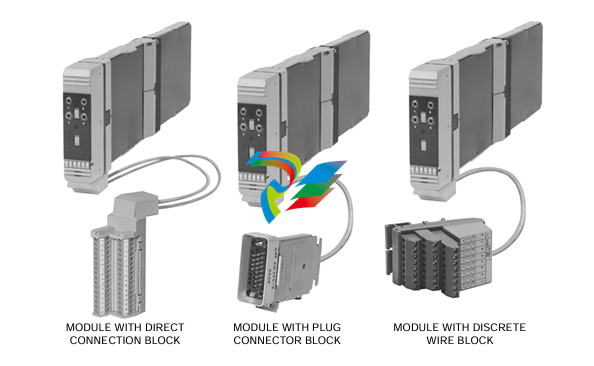
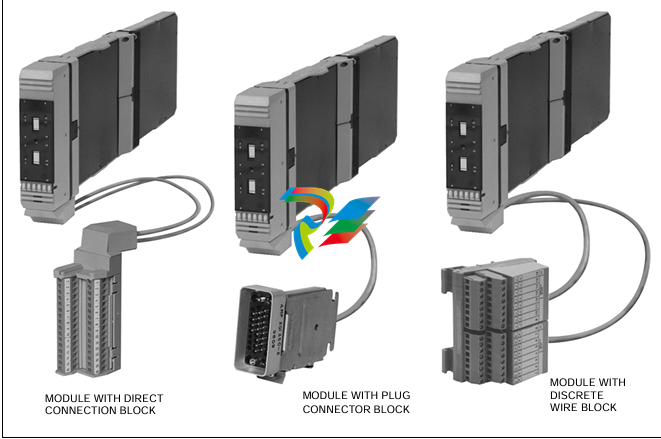
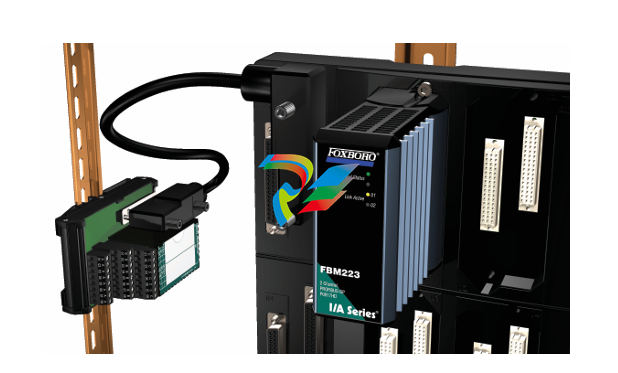
.jpg)
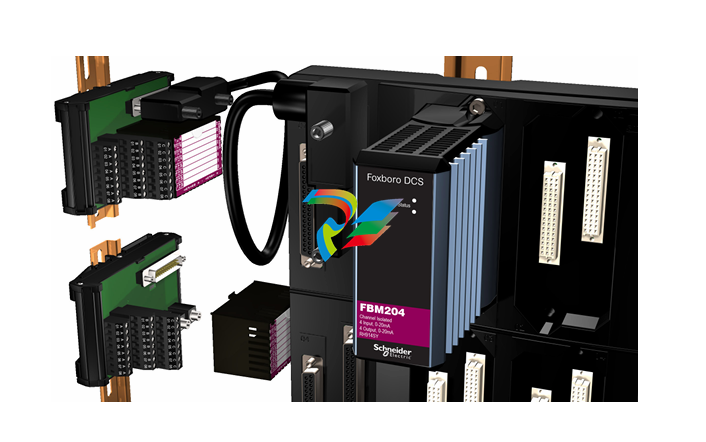
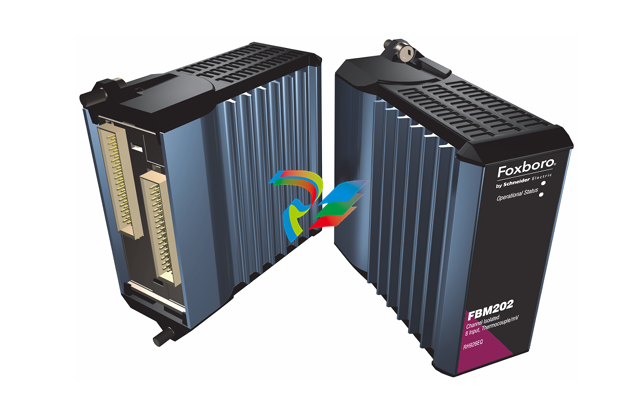
.jpg)
.jpg)
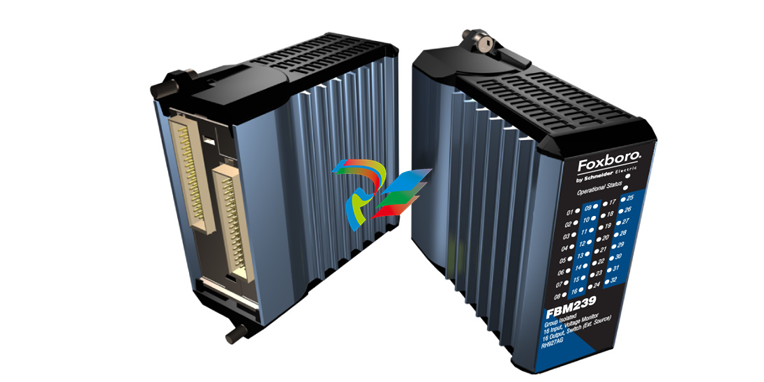
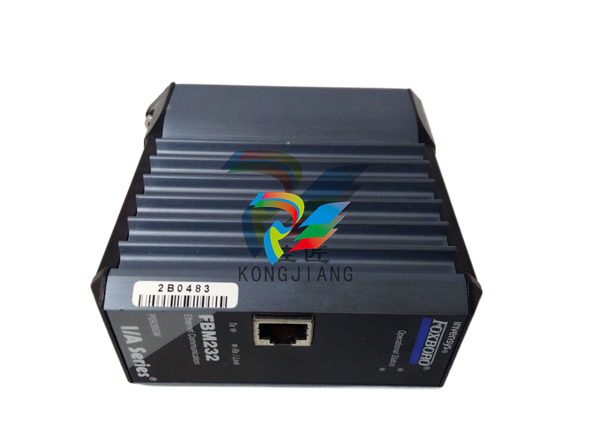
.jpg)
.jpg)
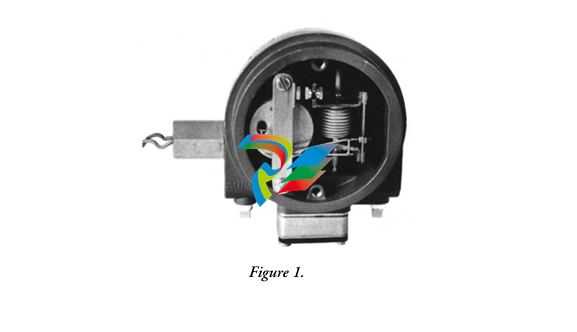
.jpg)
.jpg)
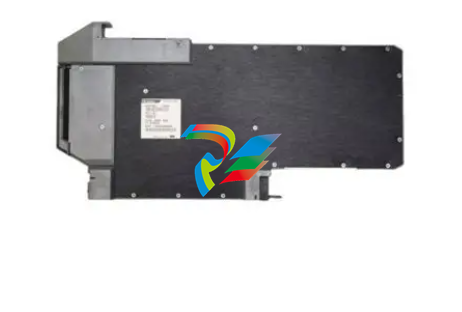
.jpg)
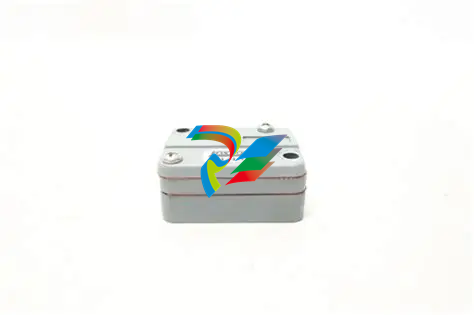
(1).jpg)
(1).jpg)
.jpg)
